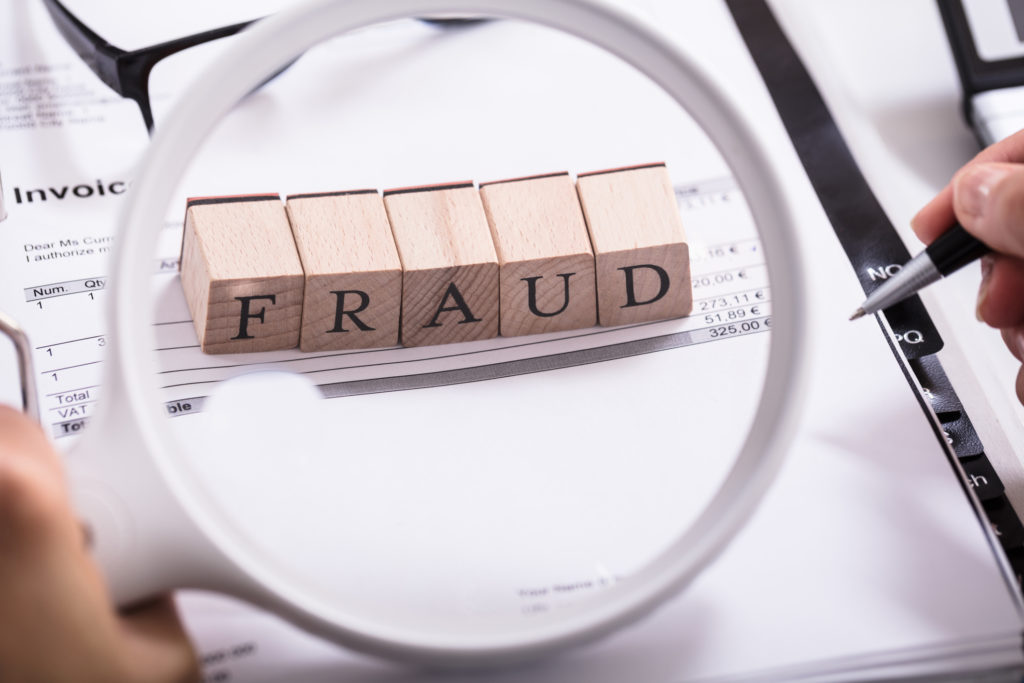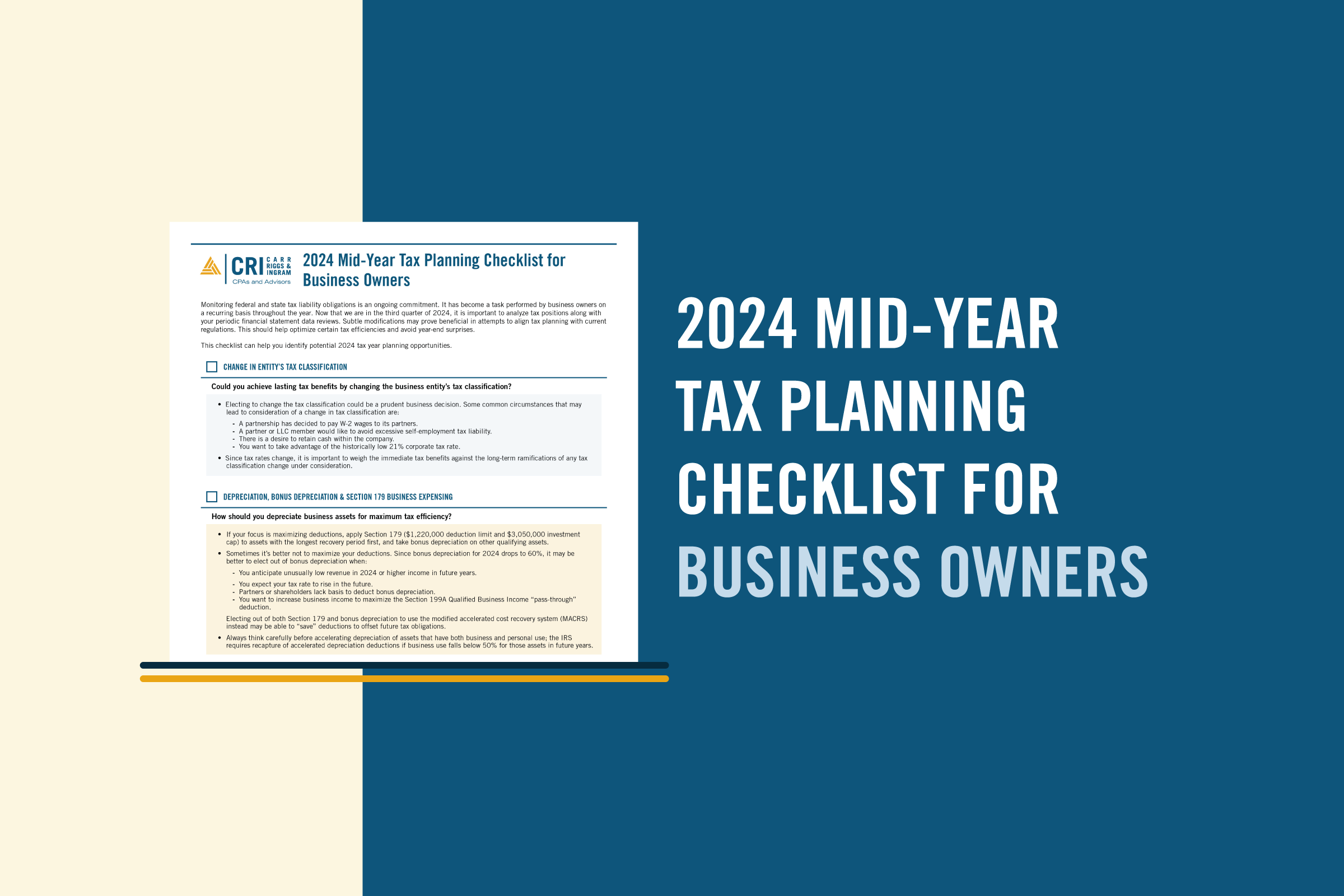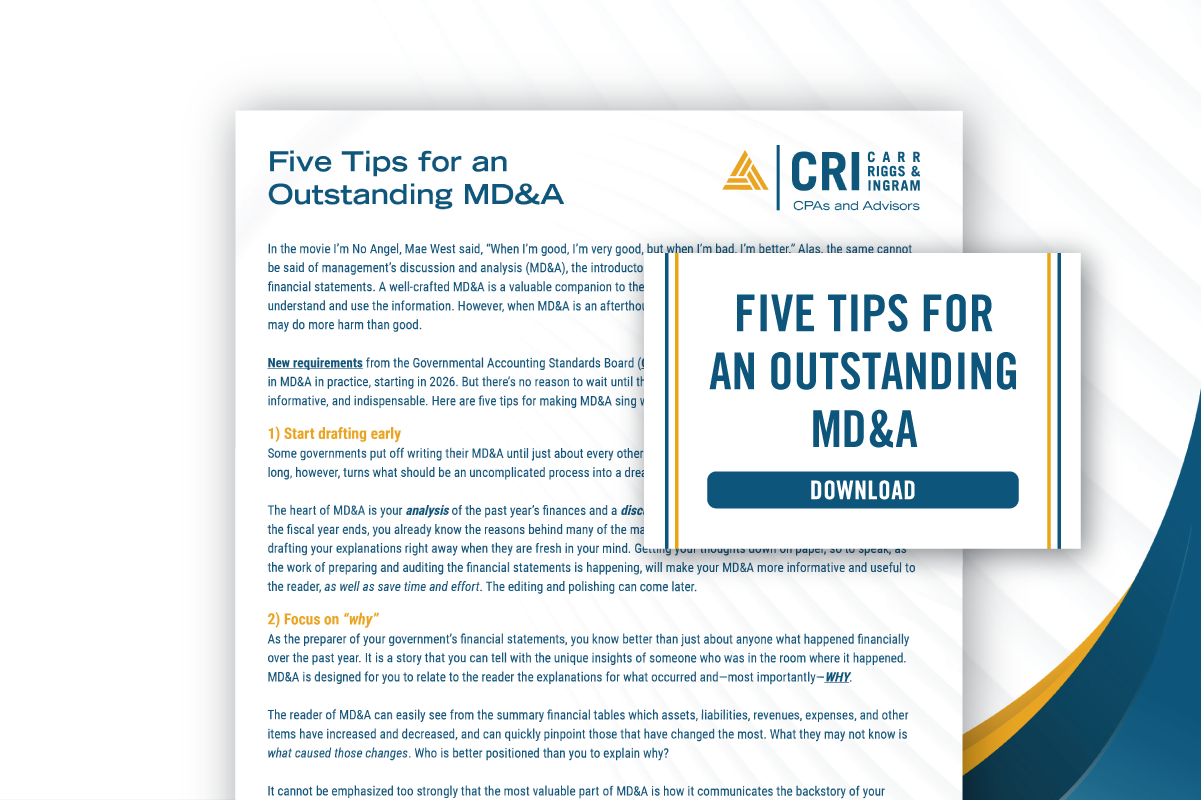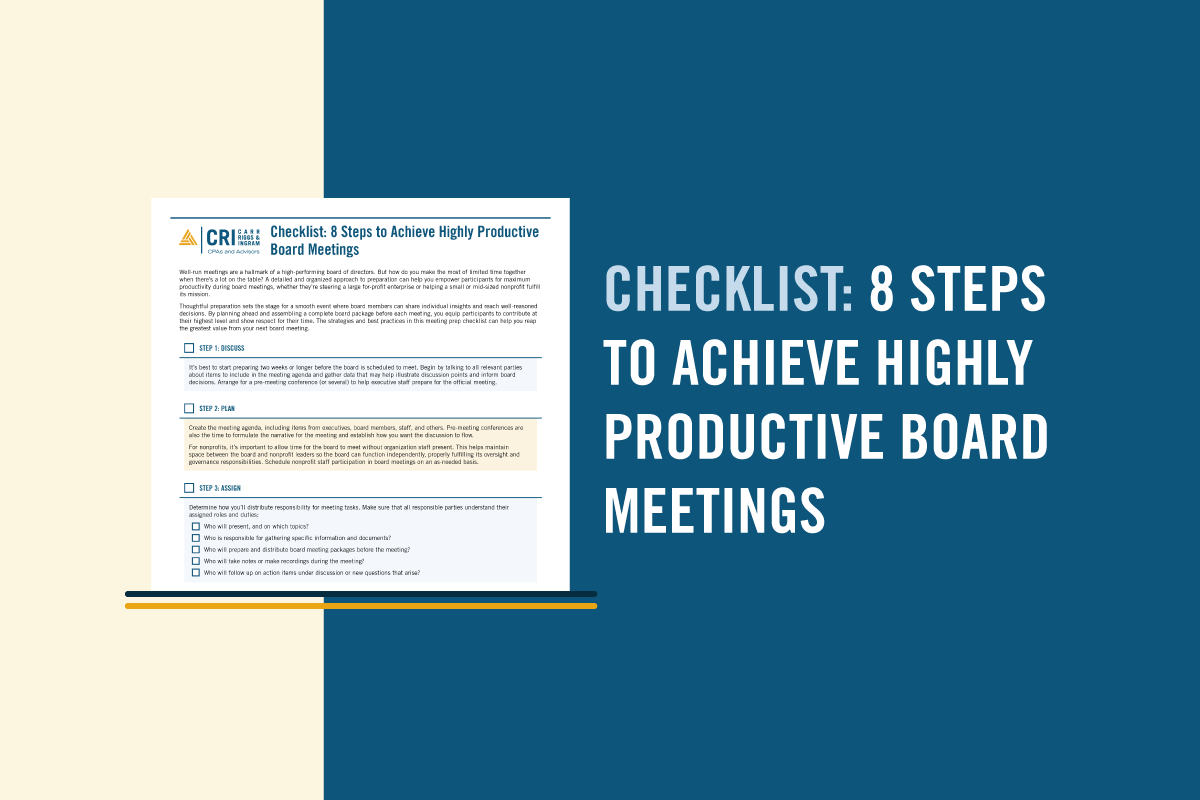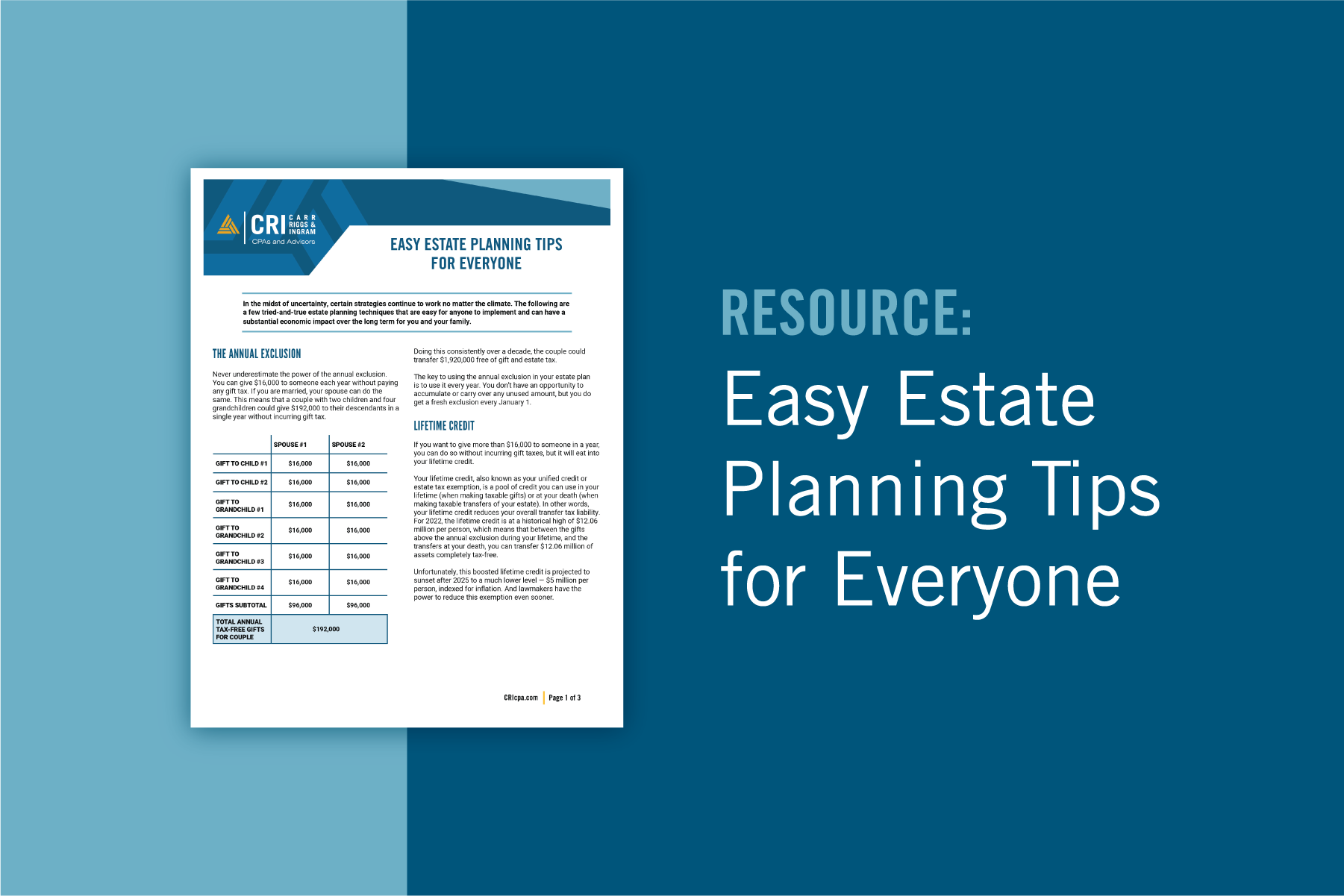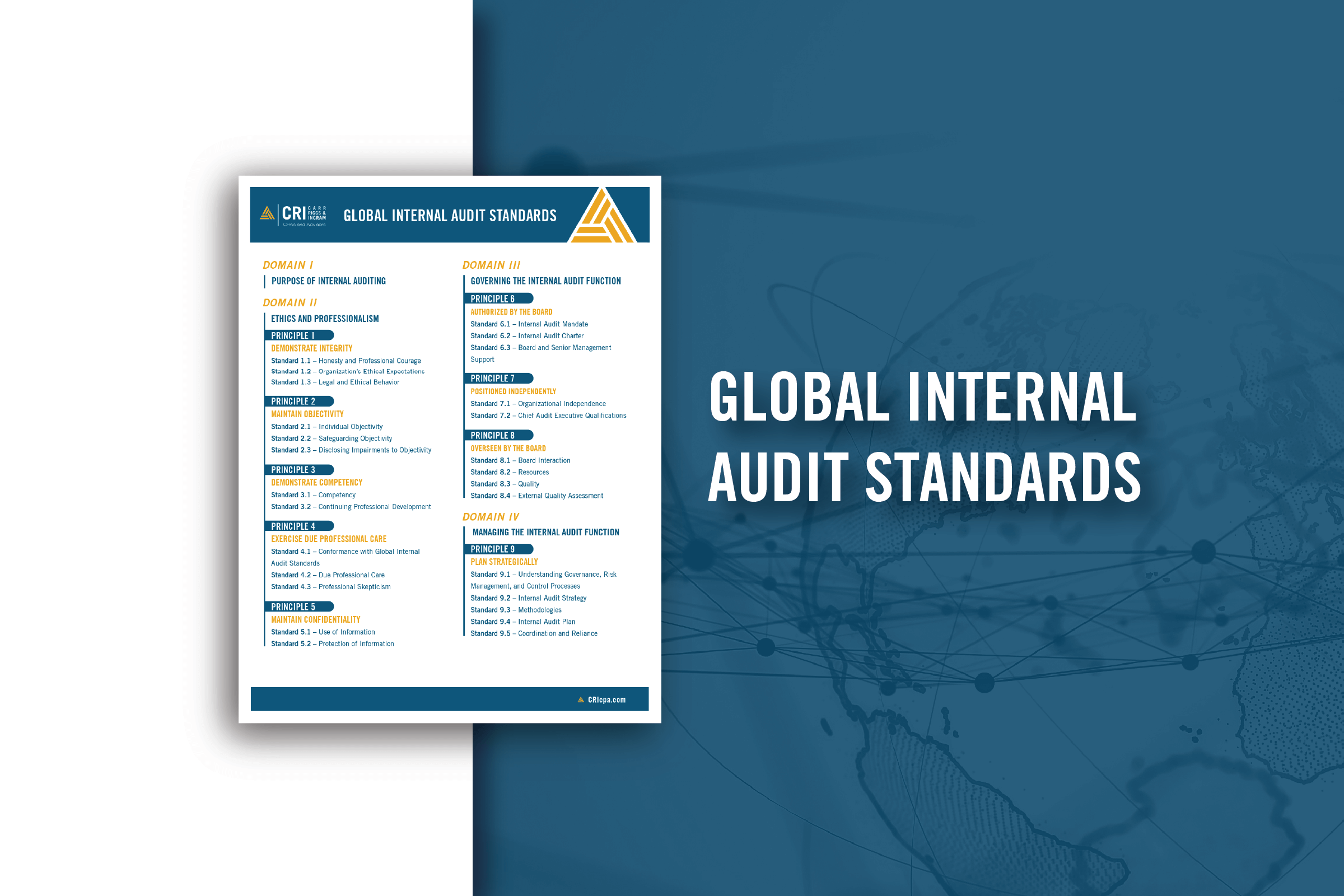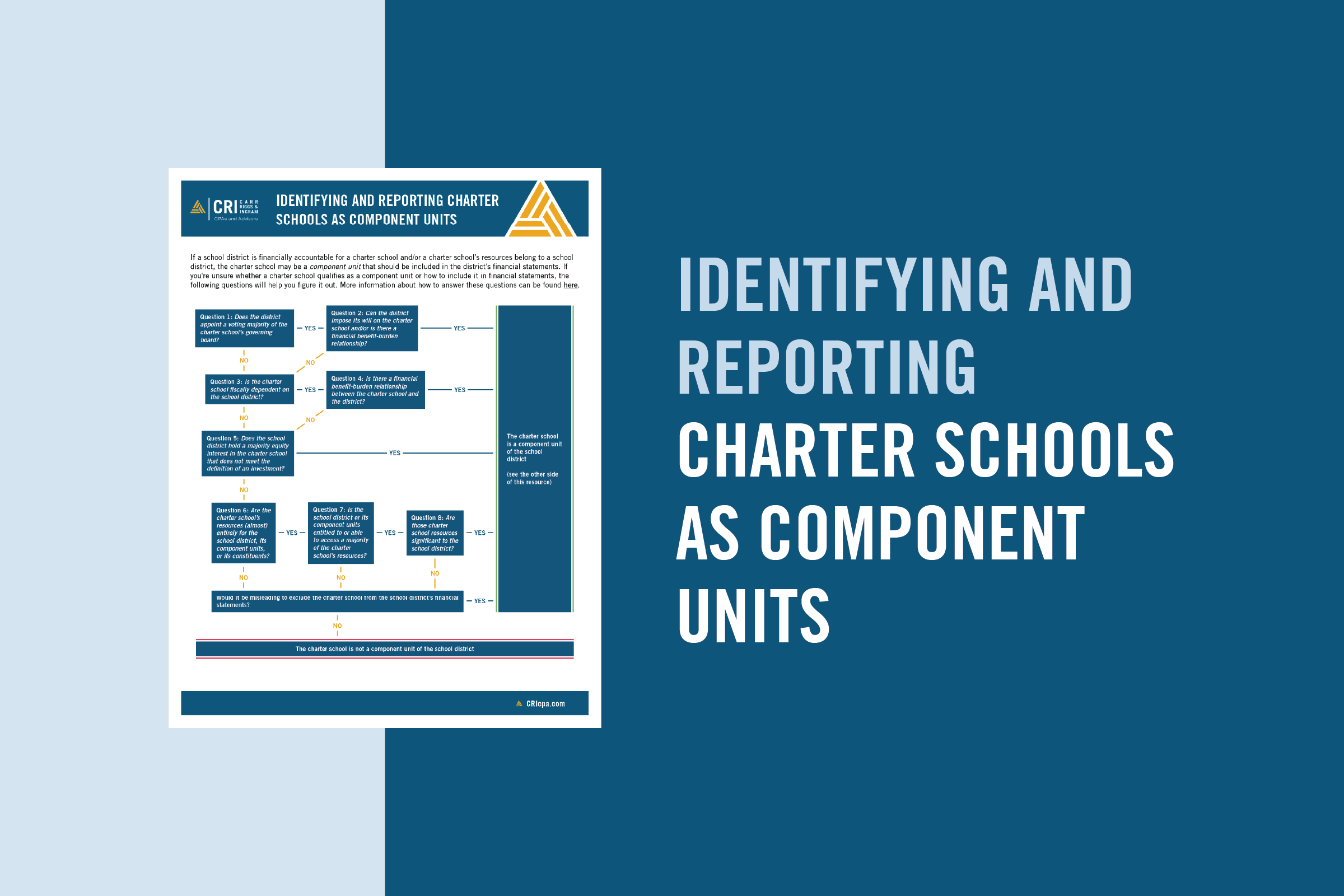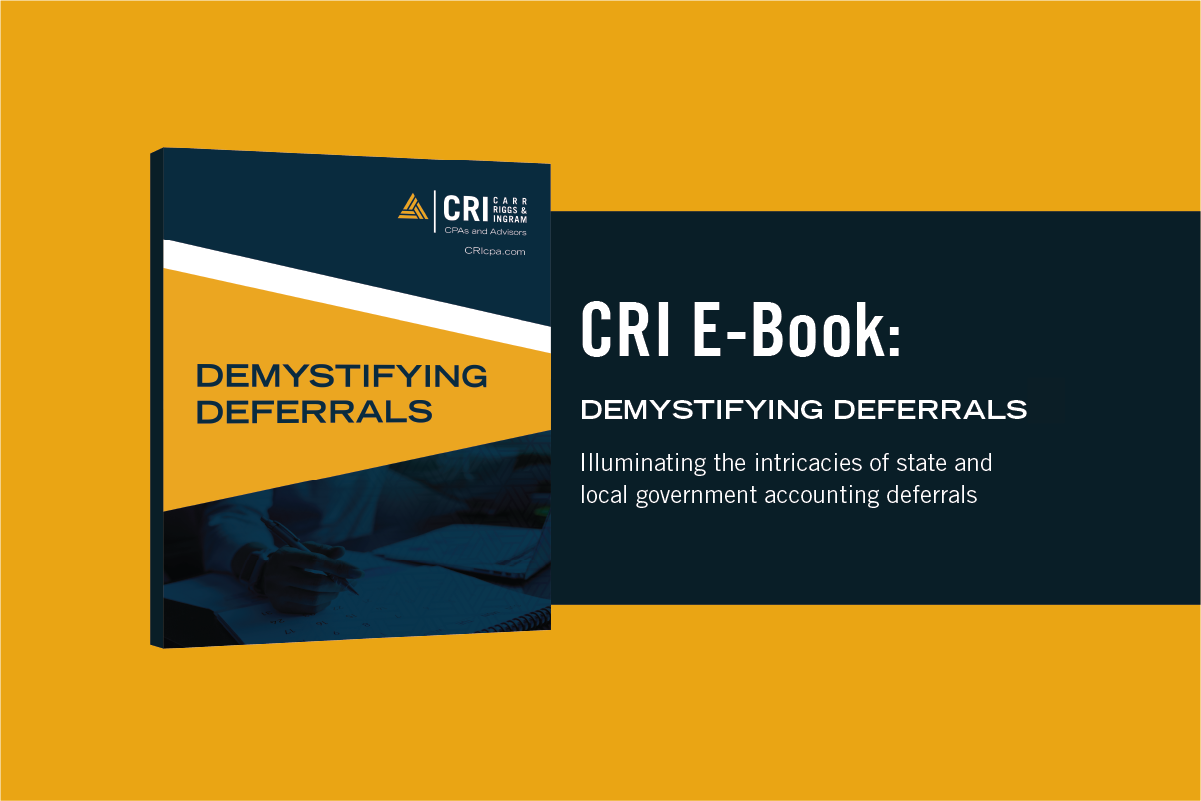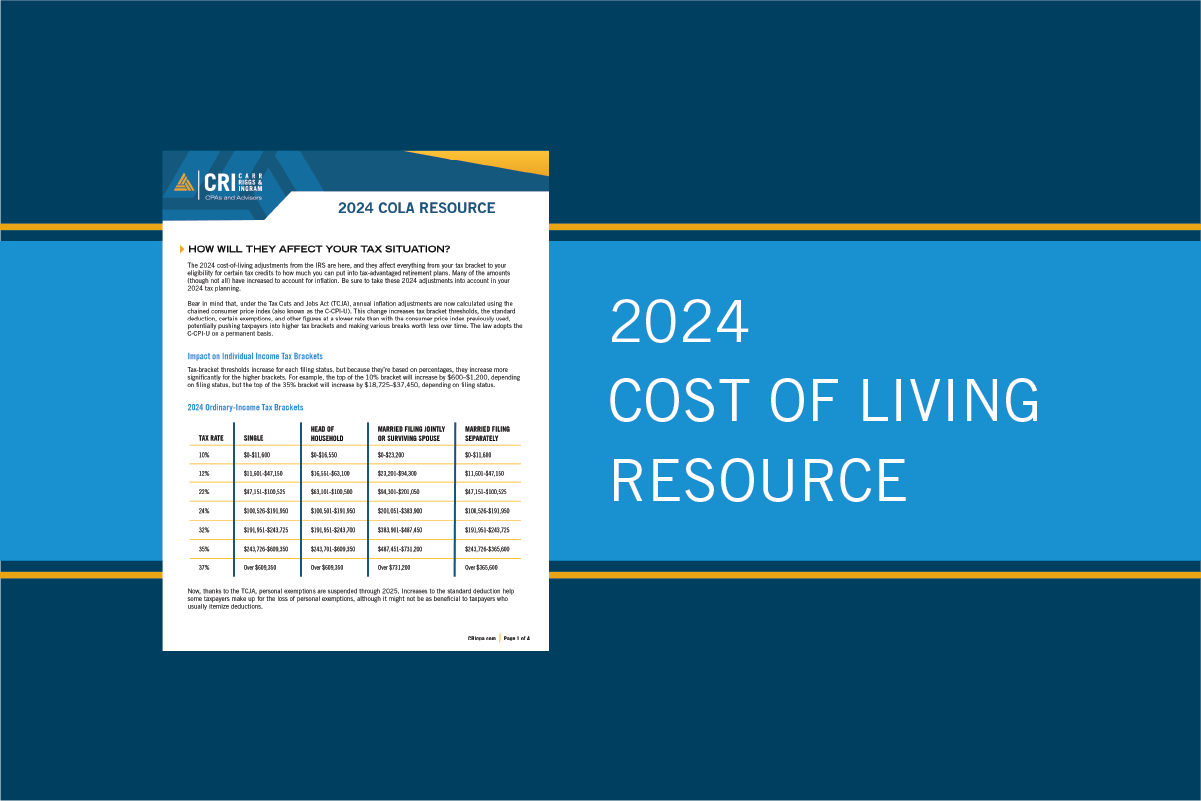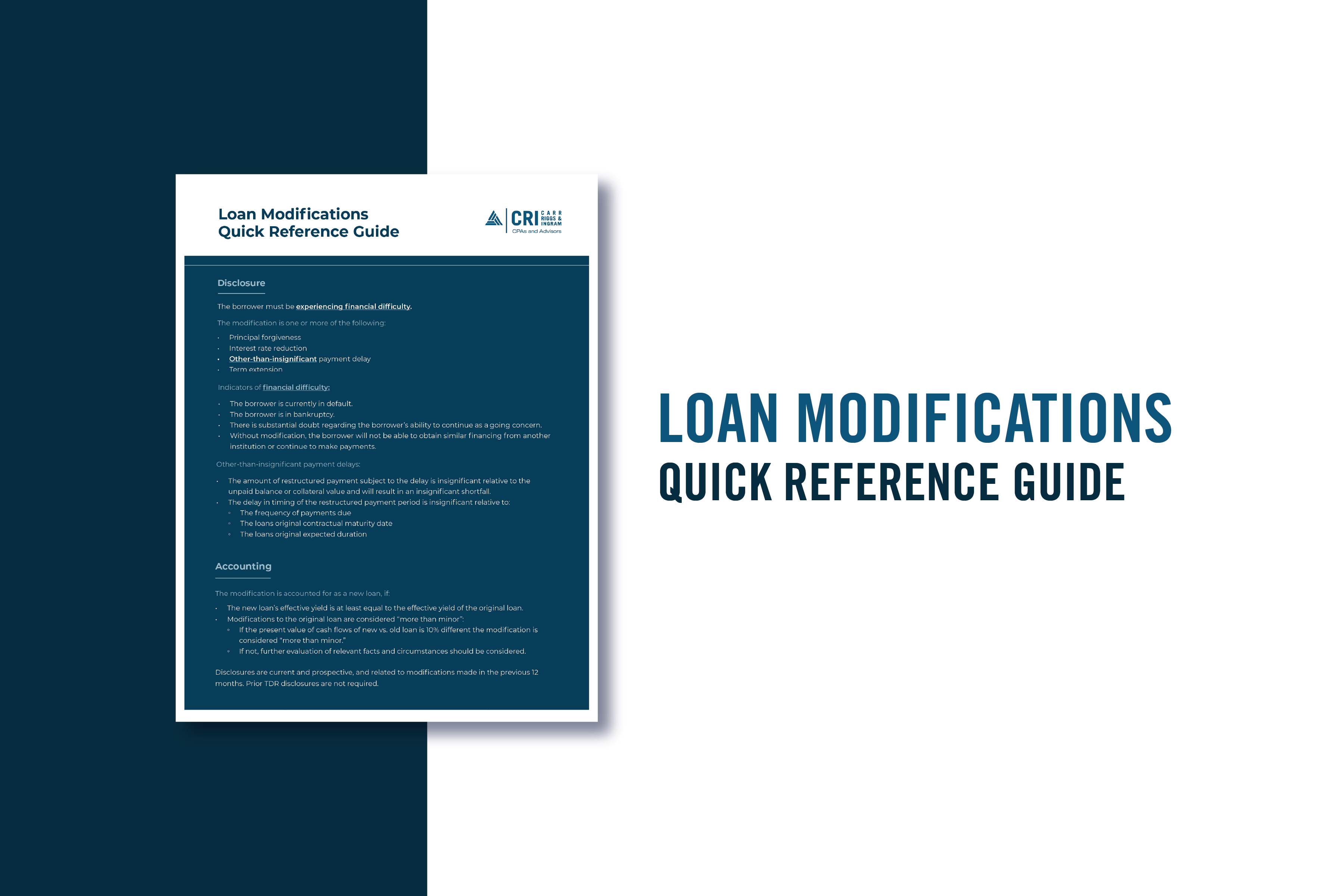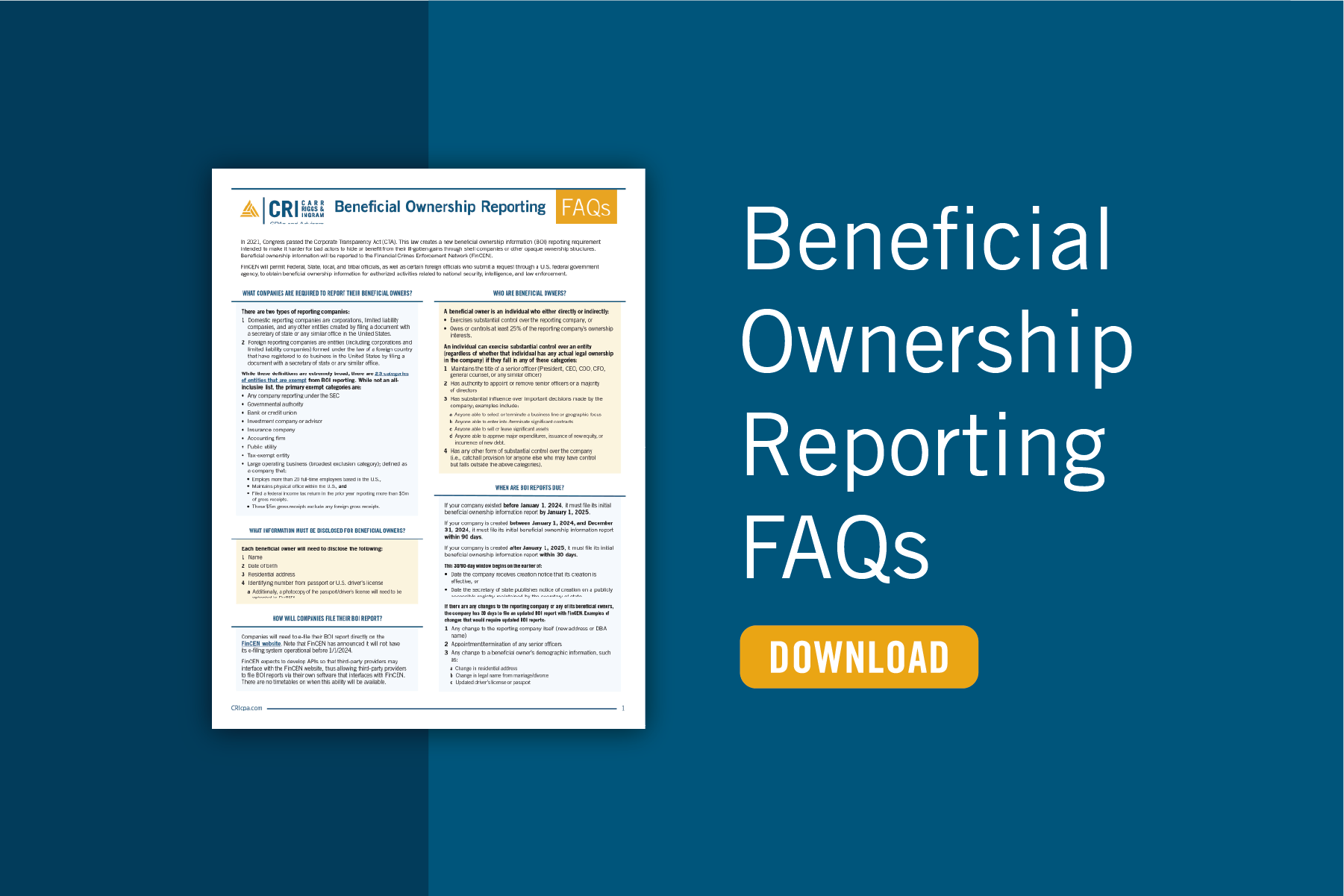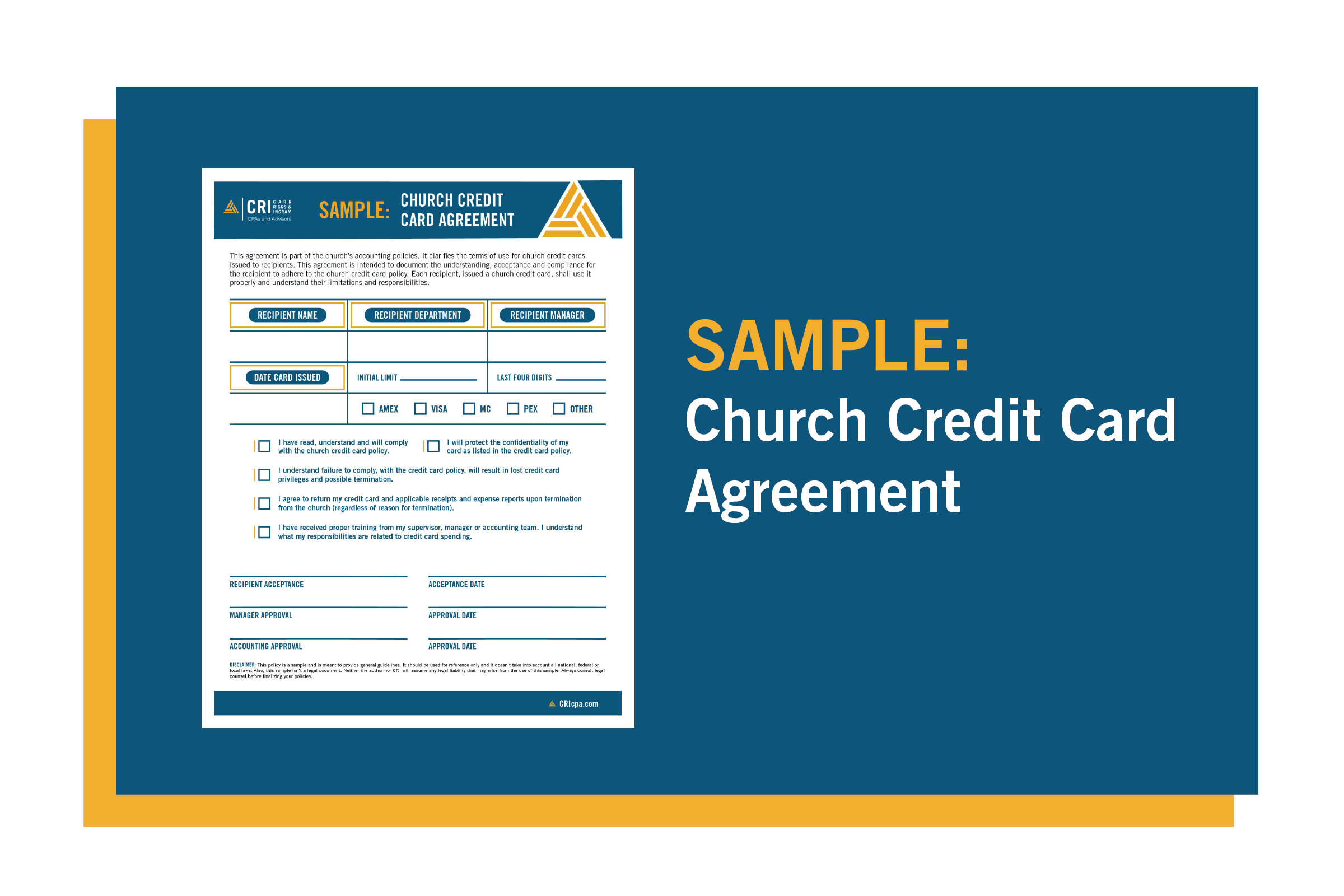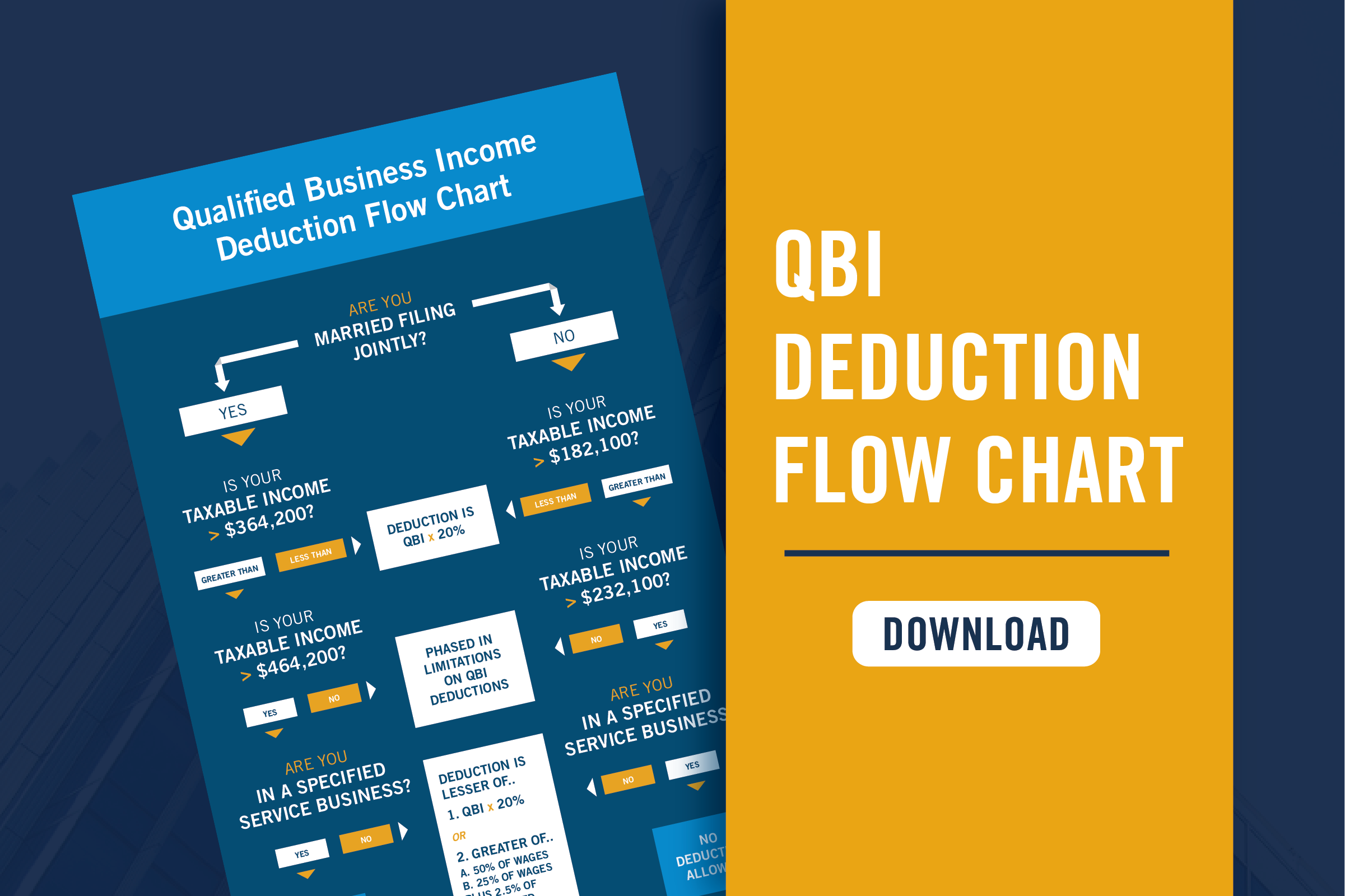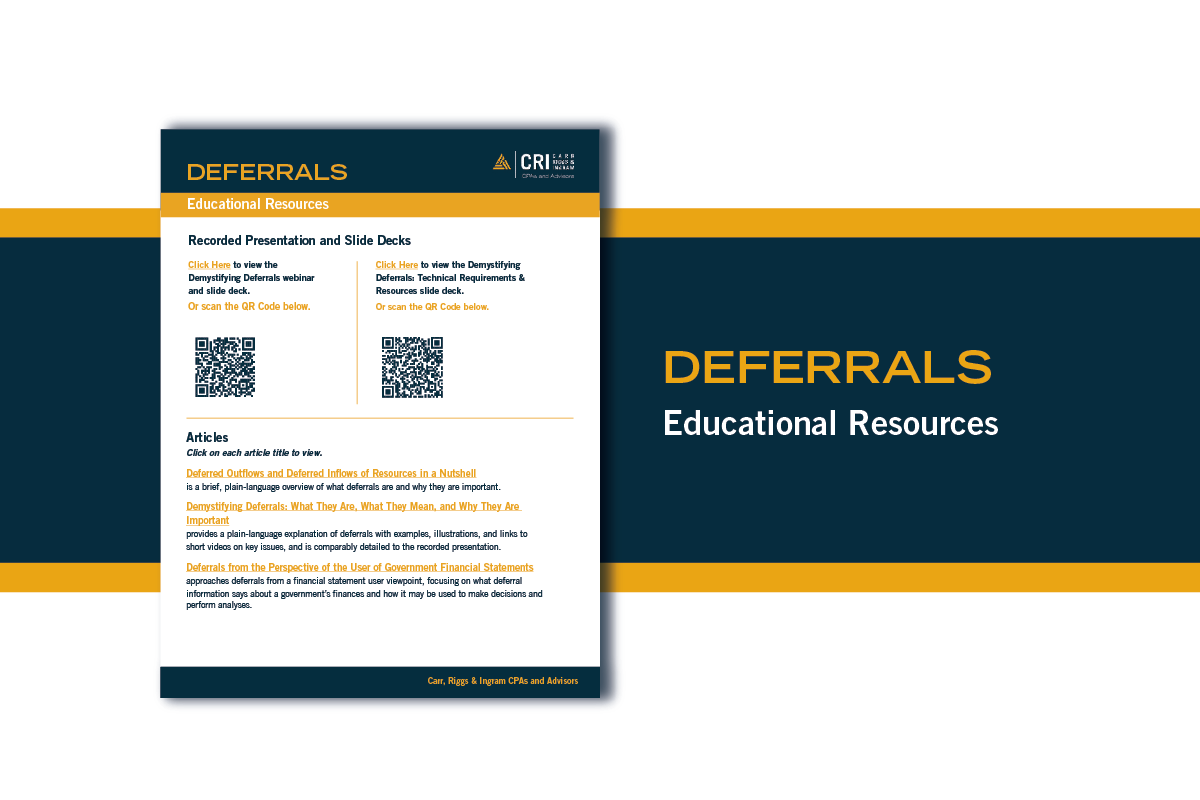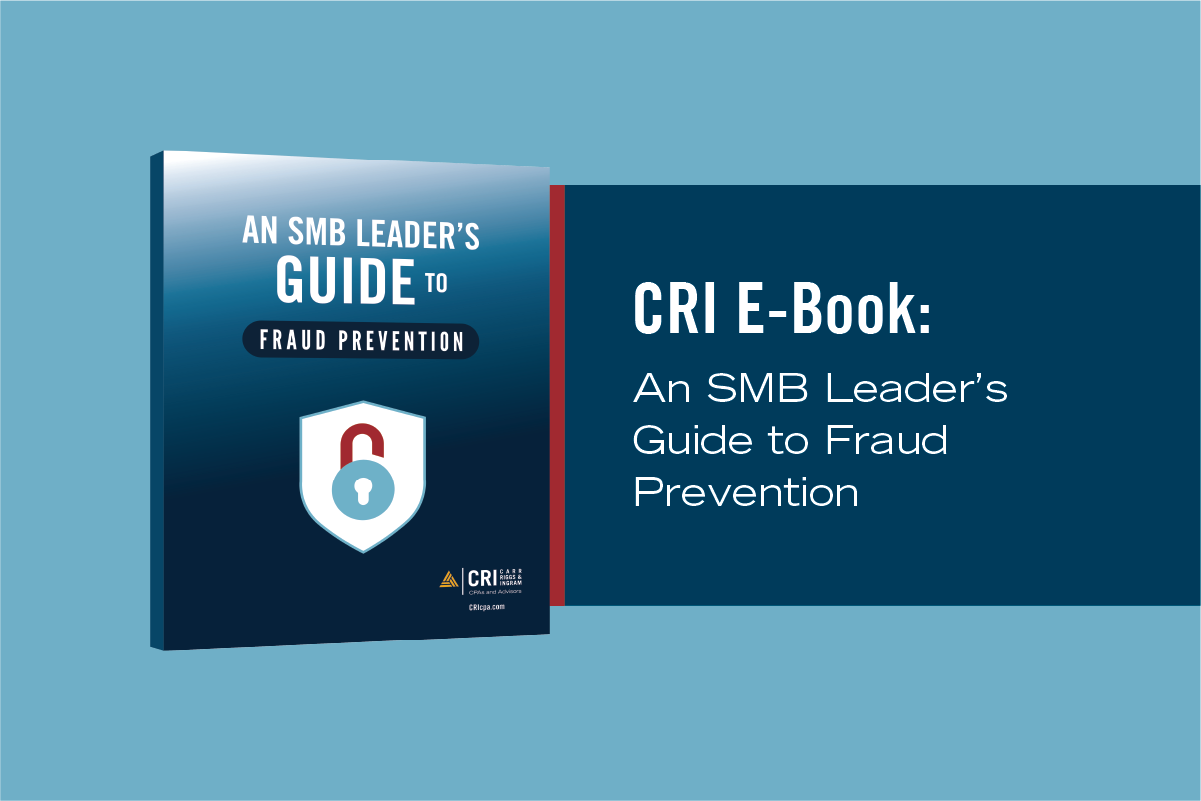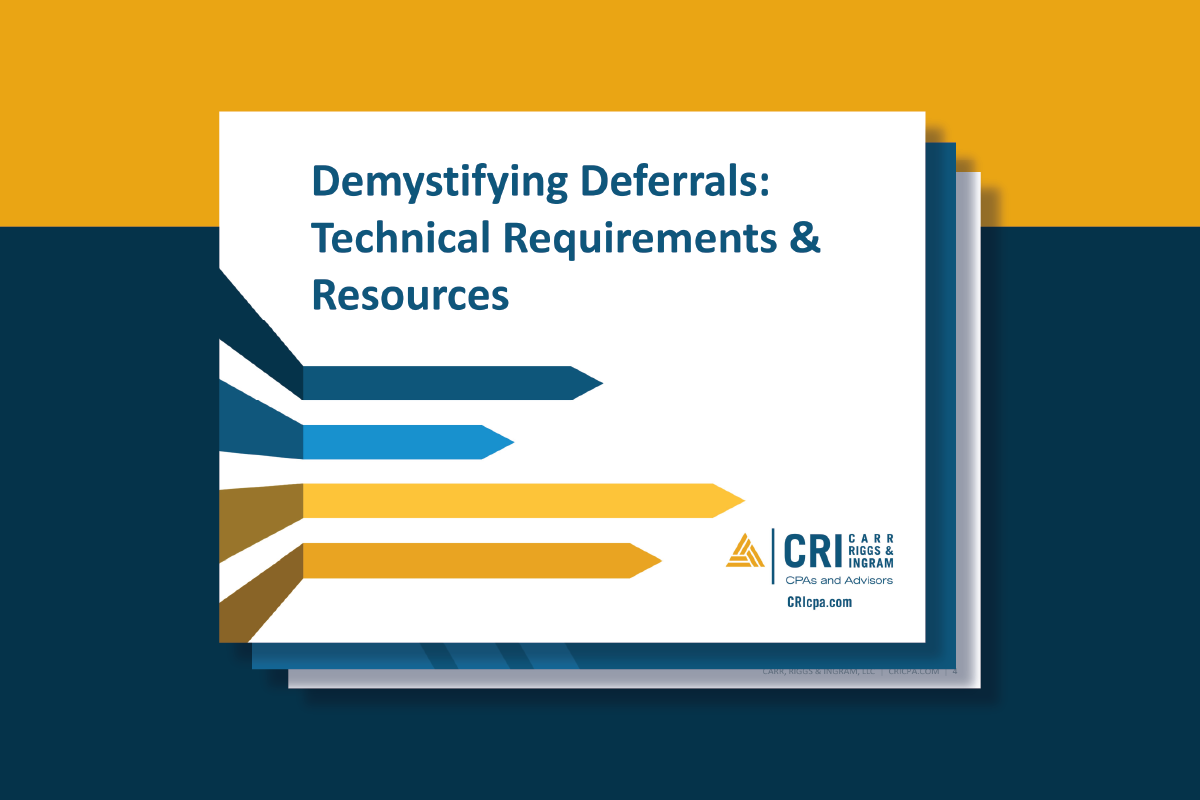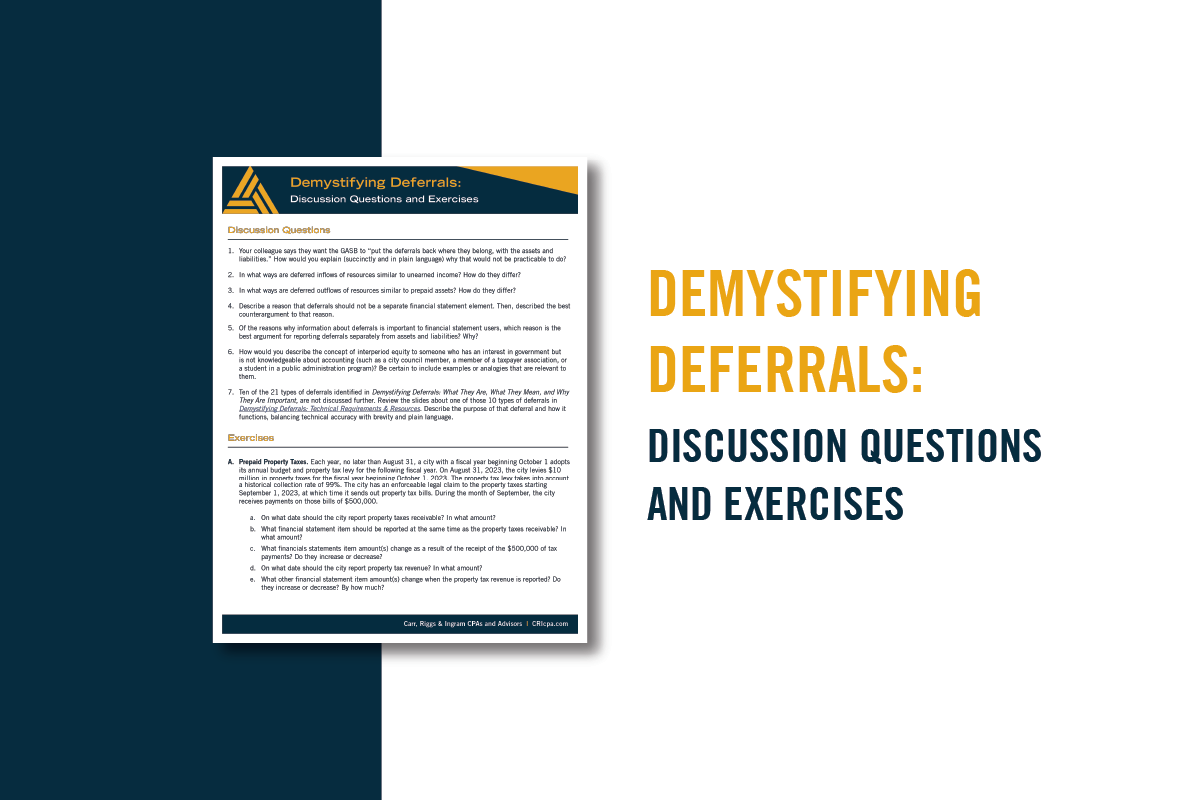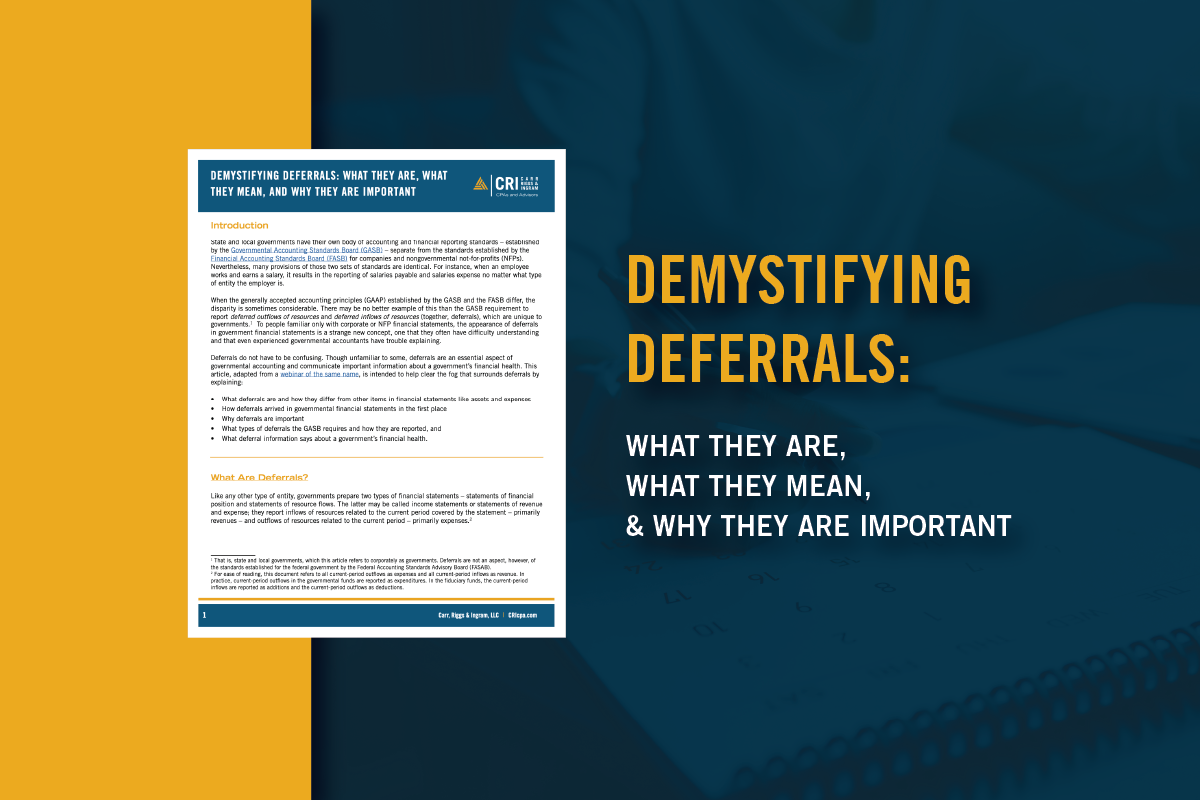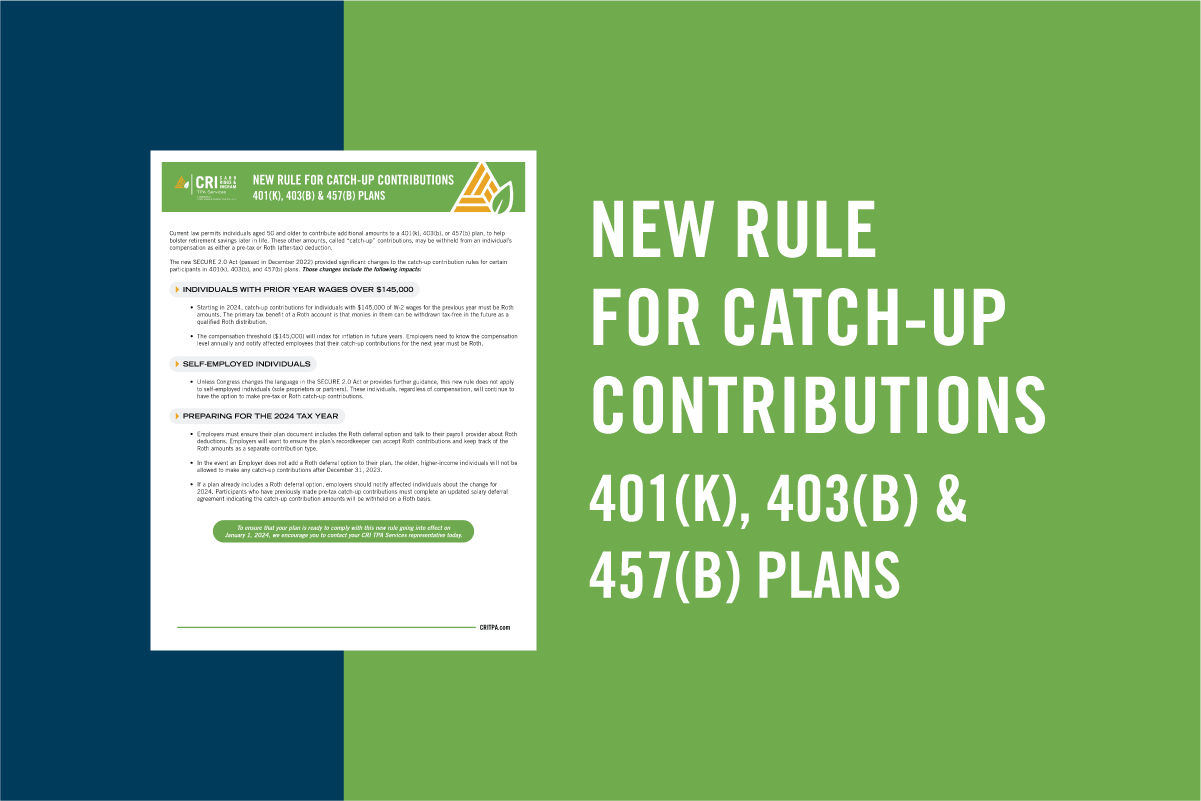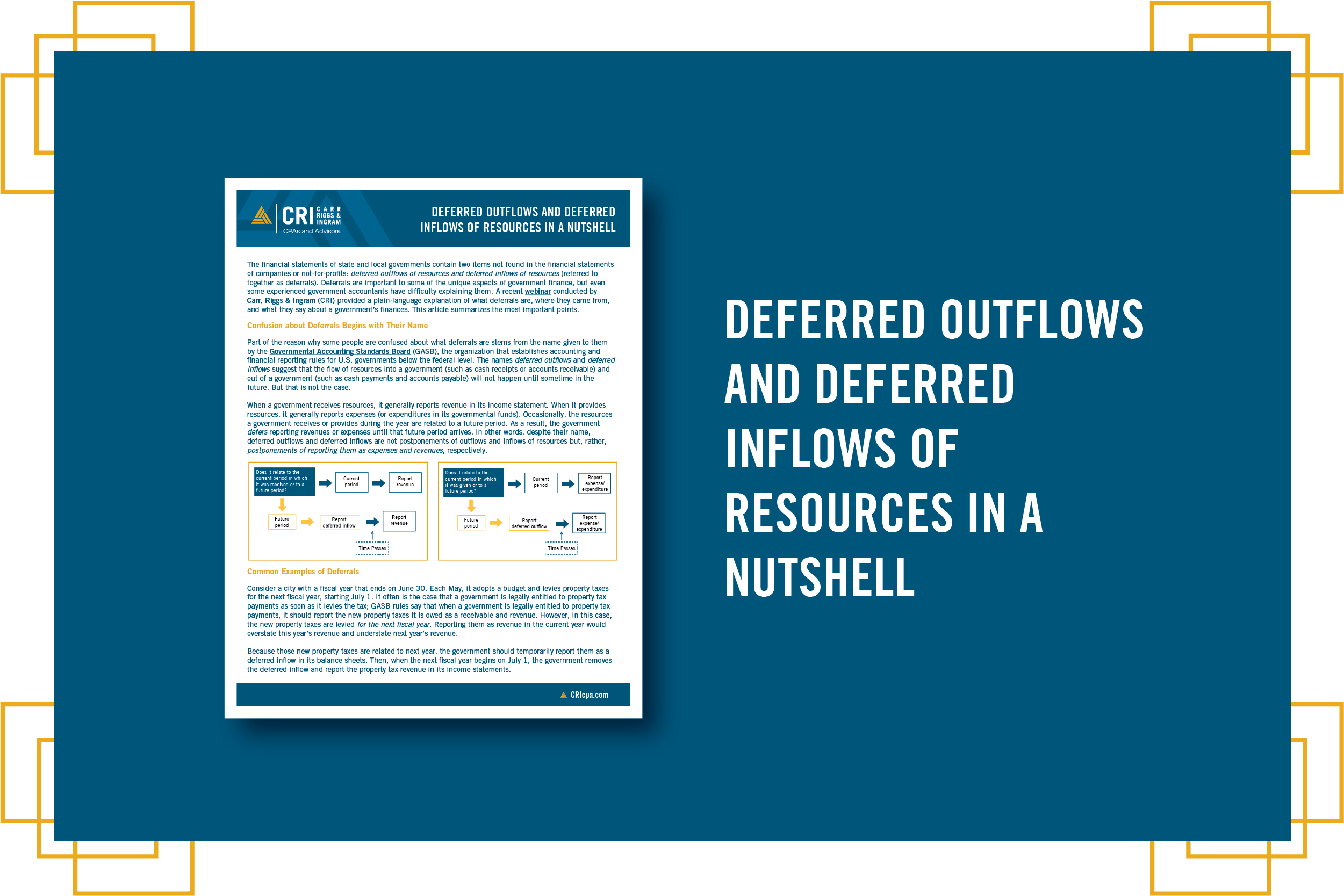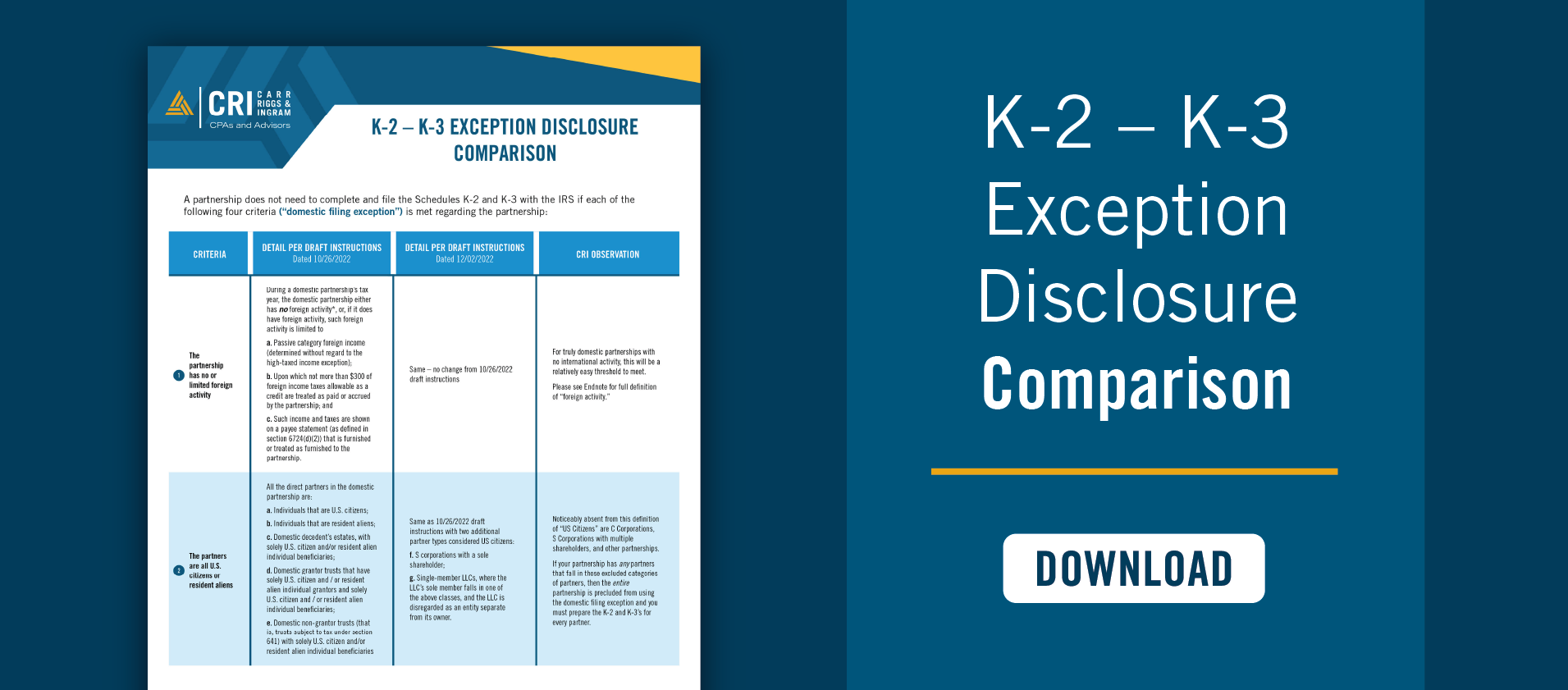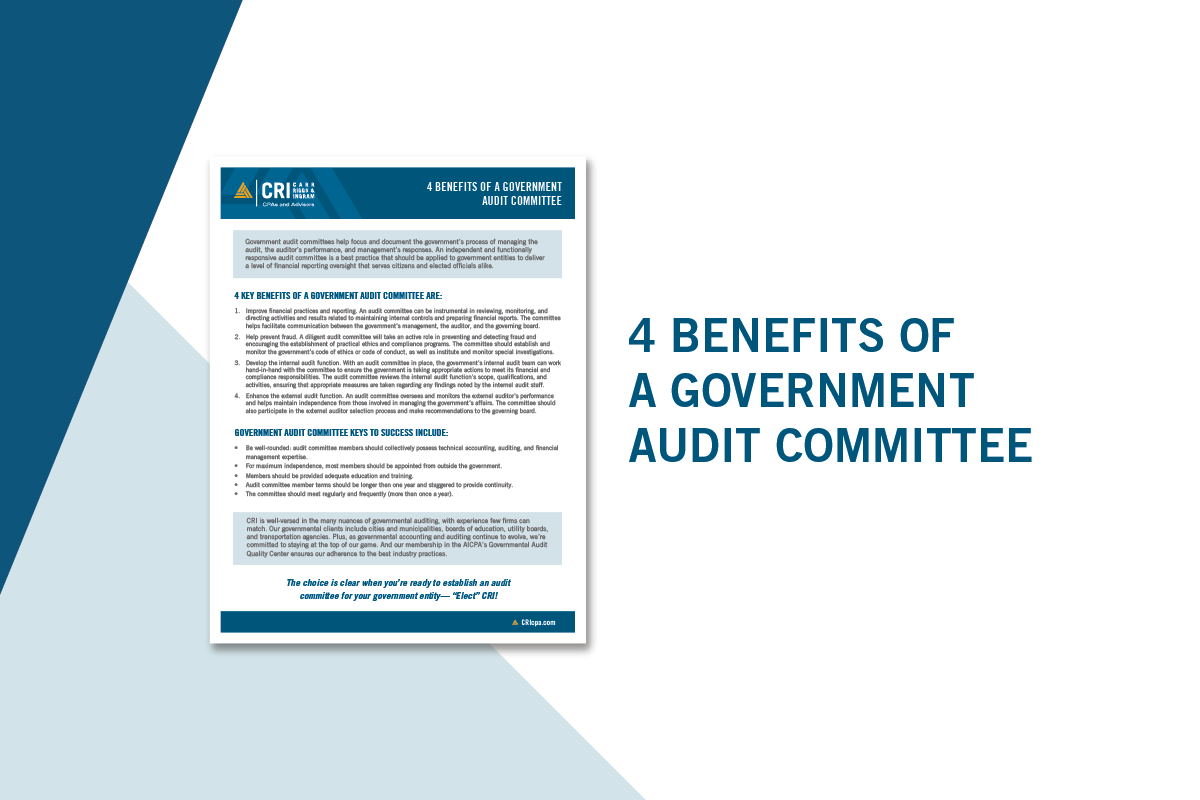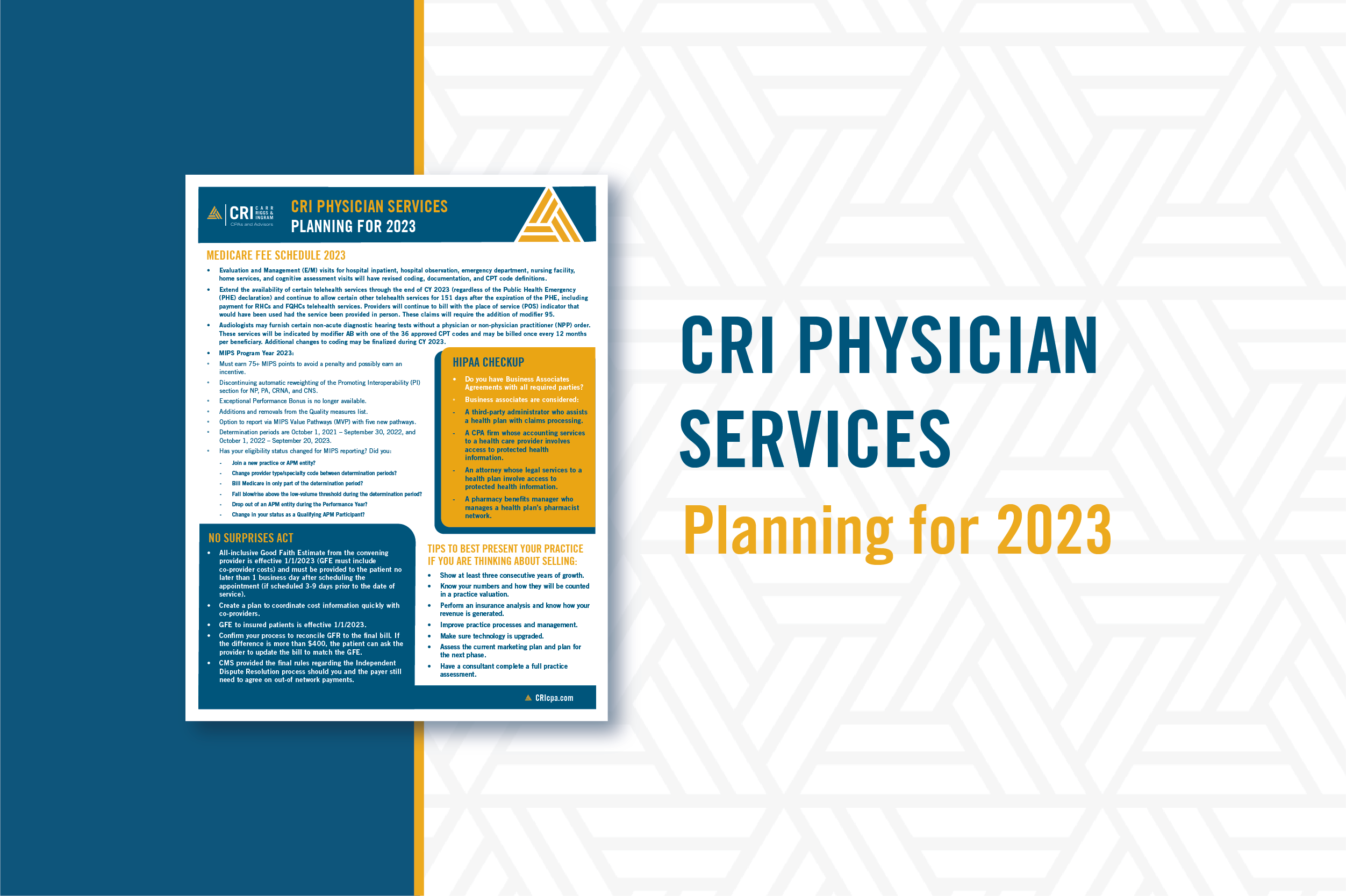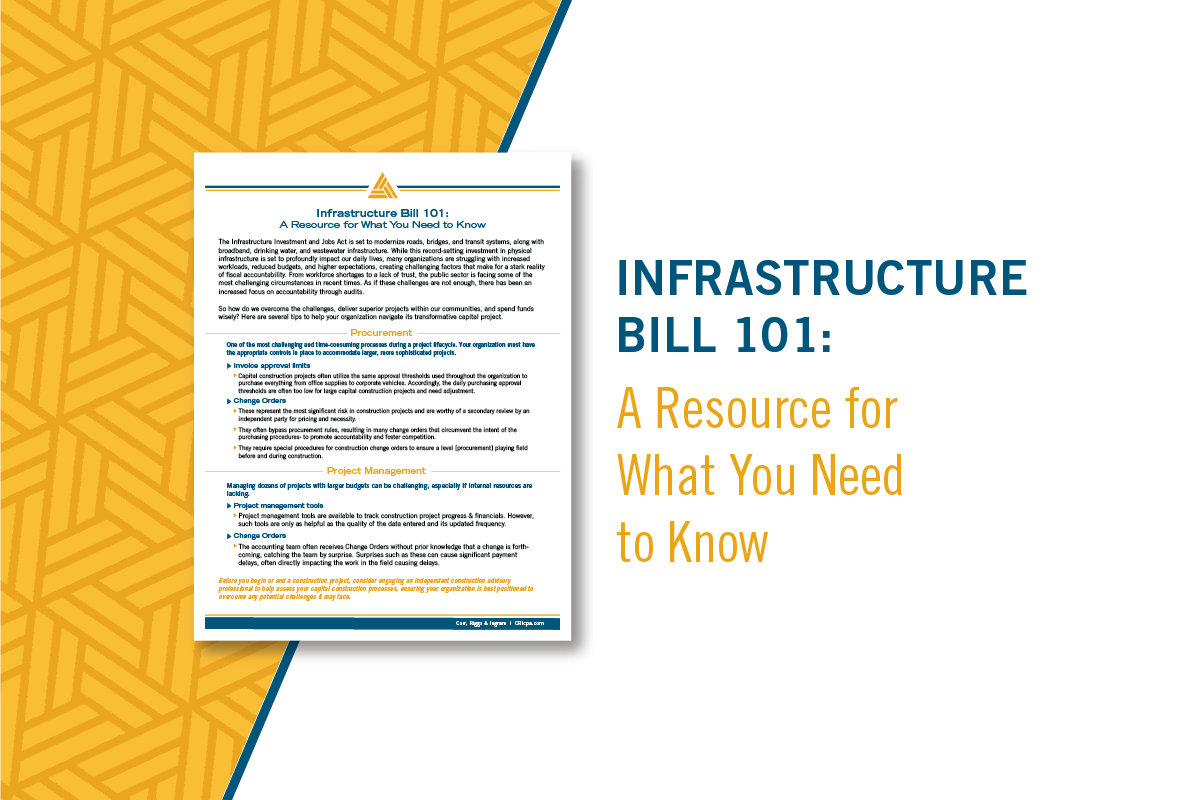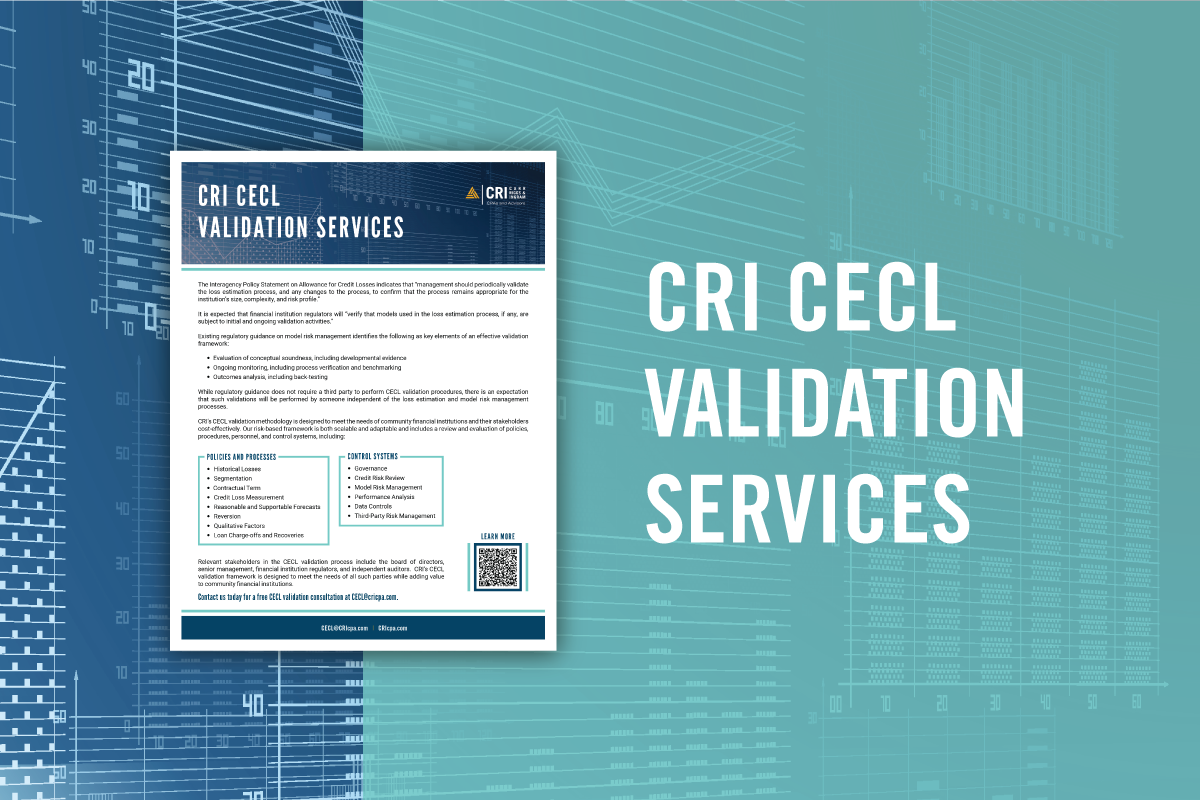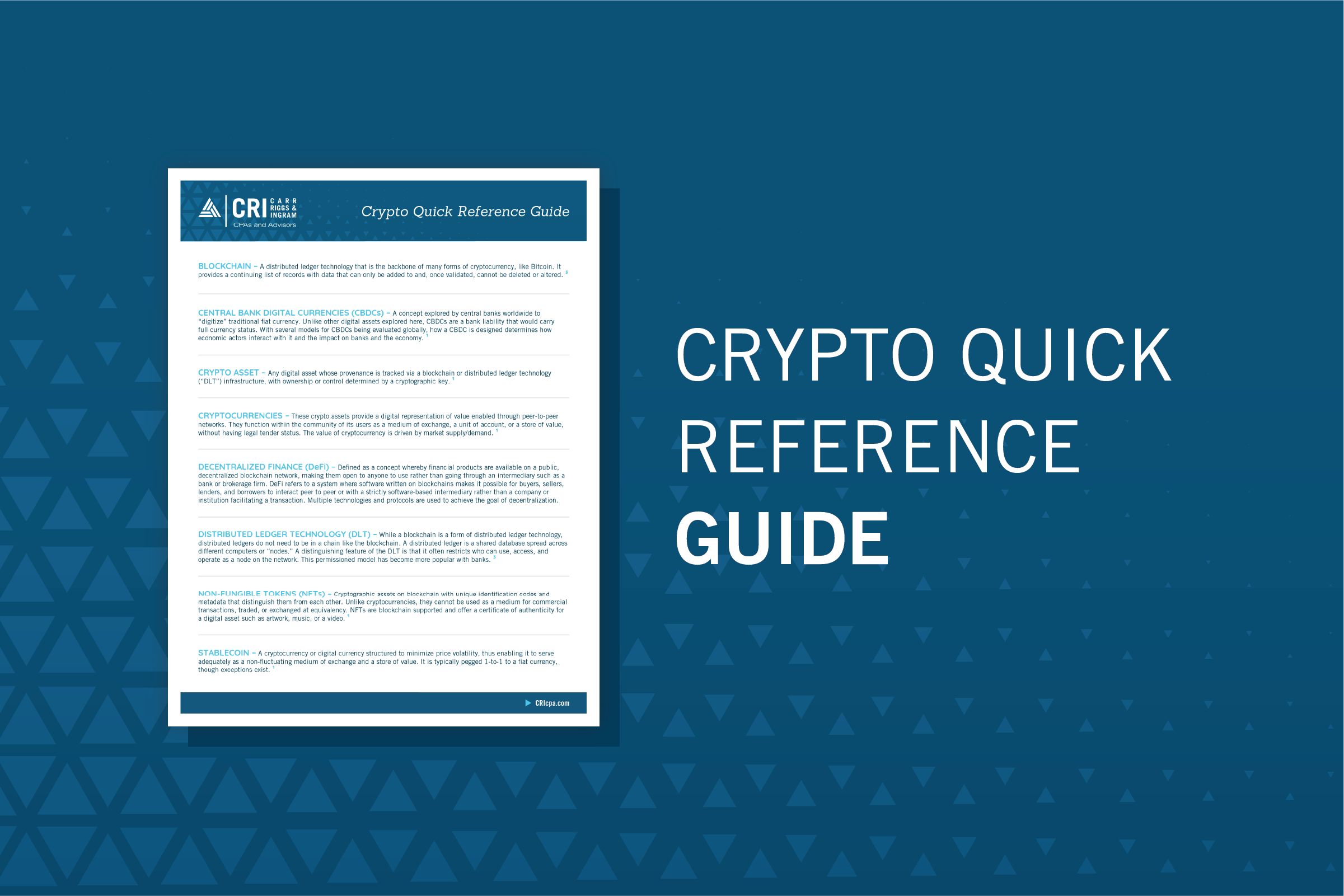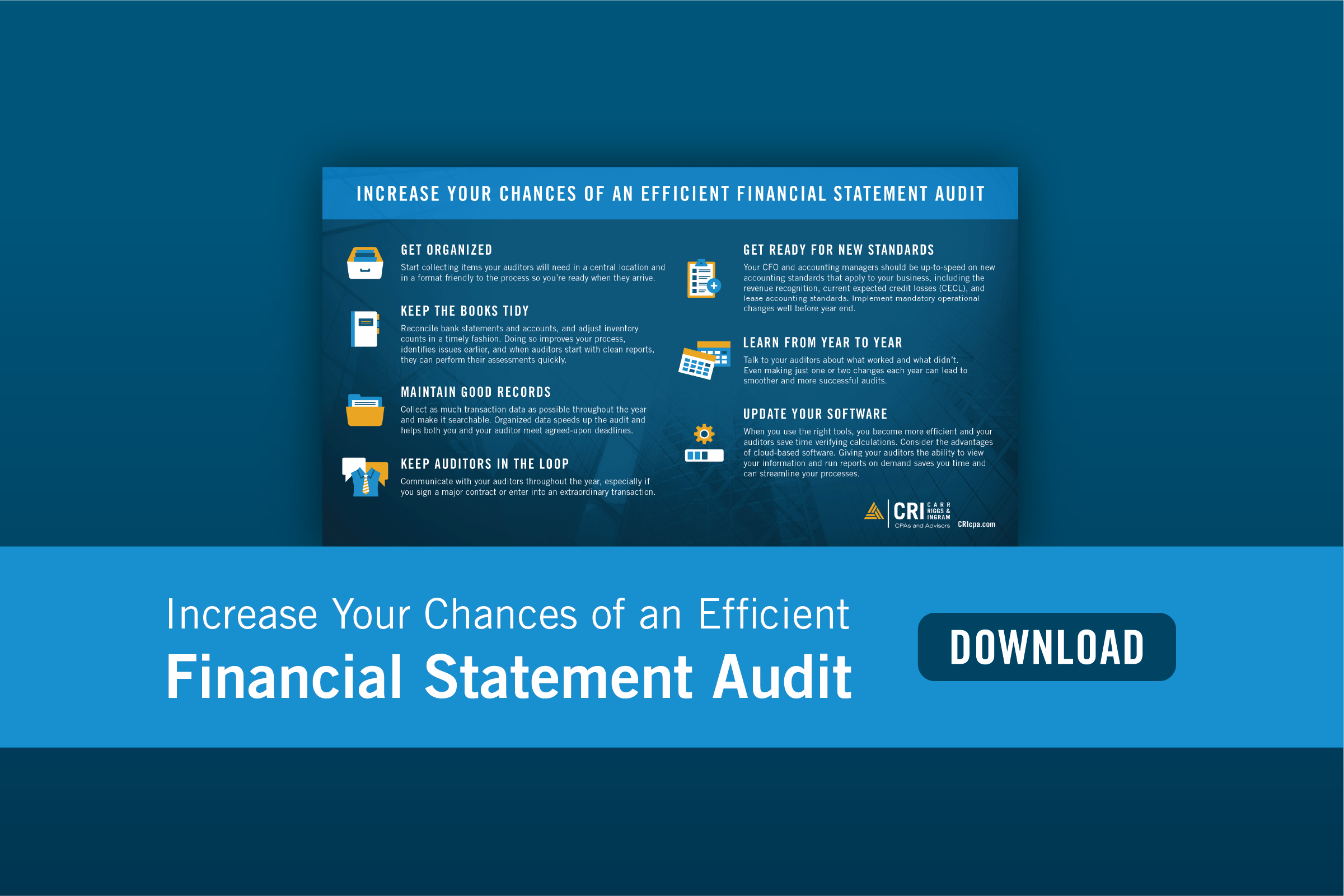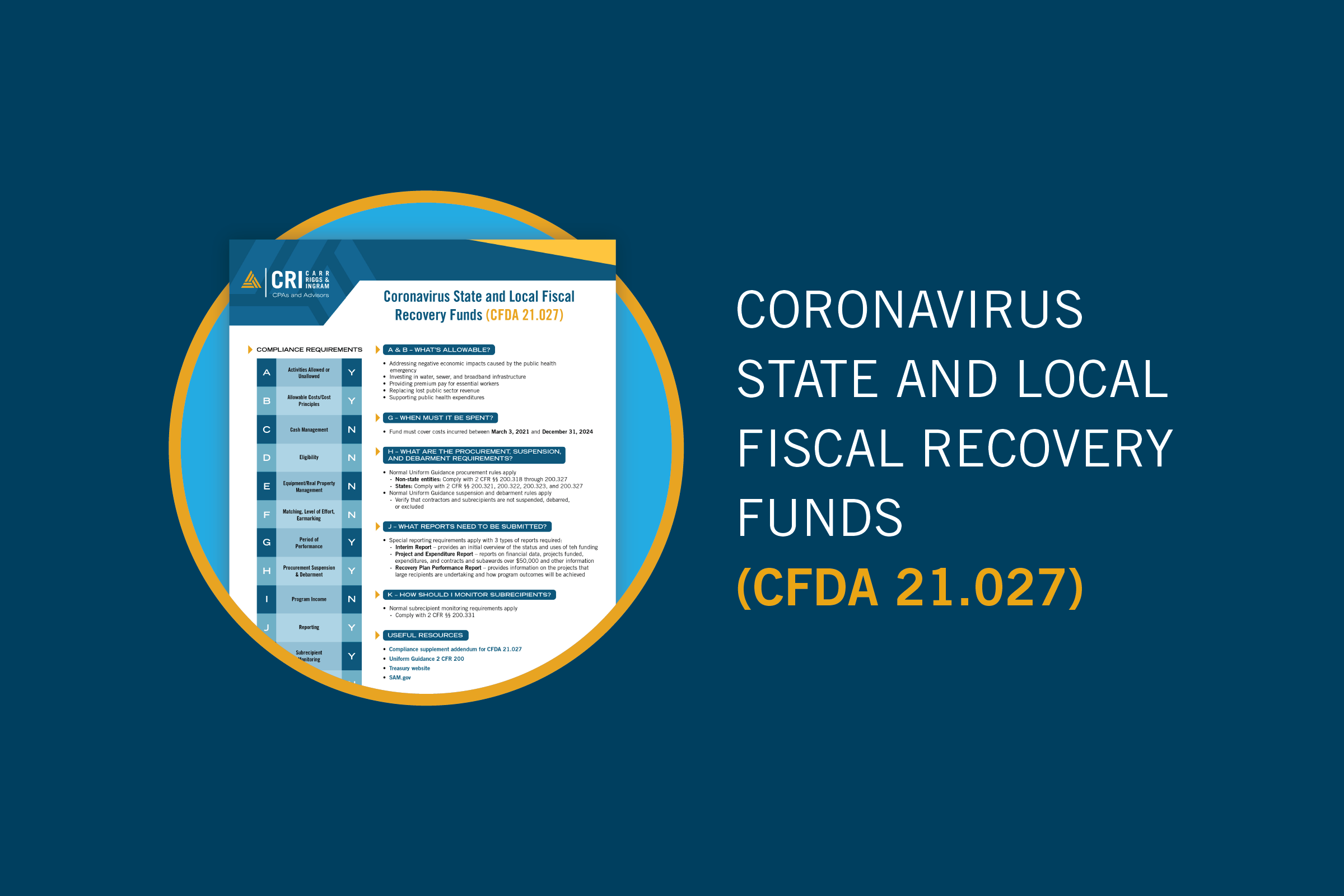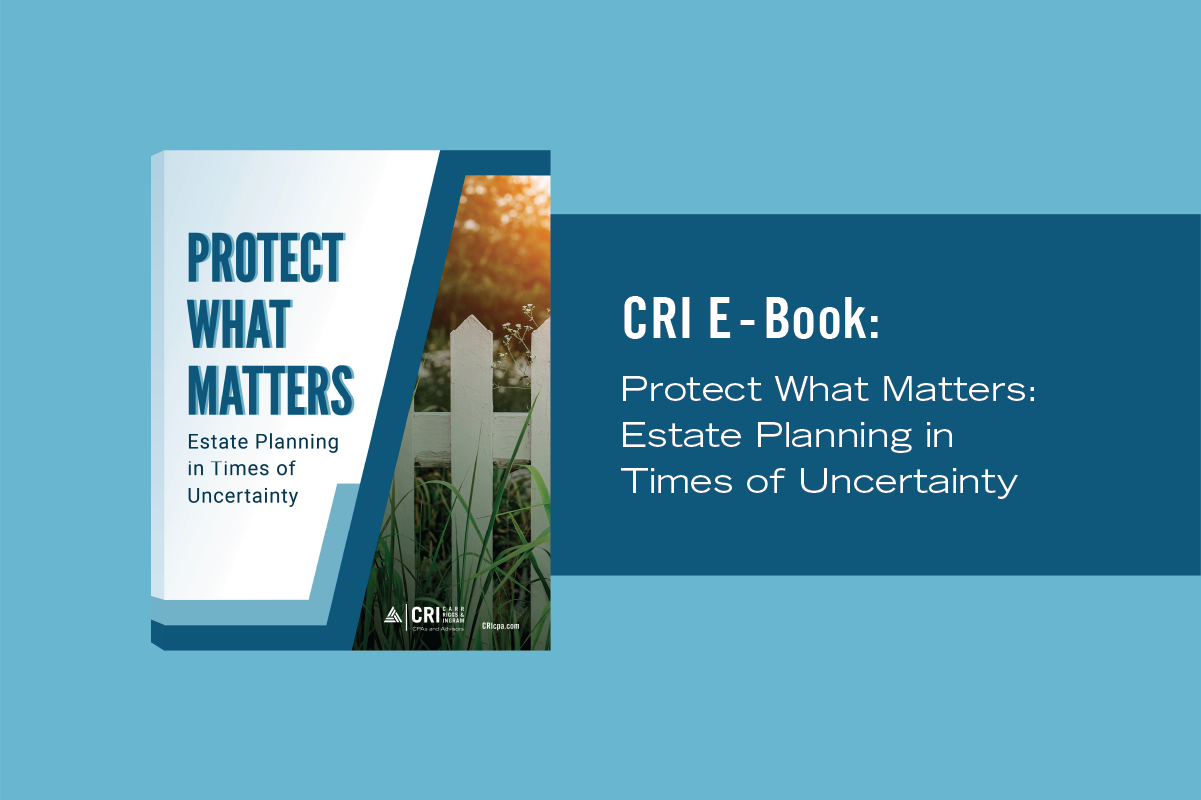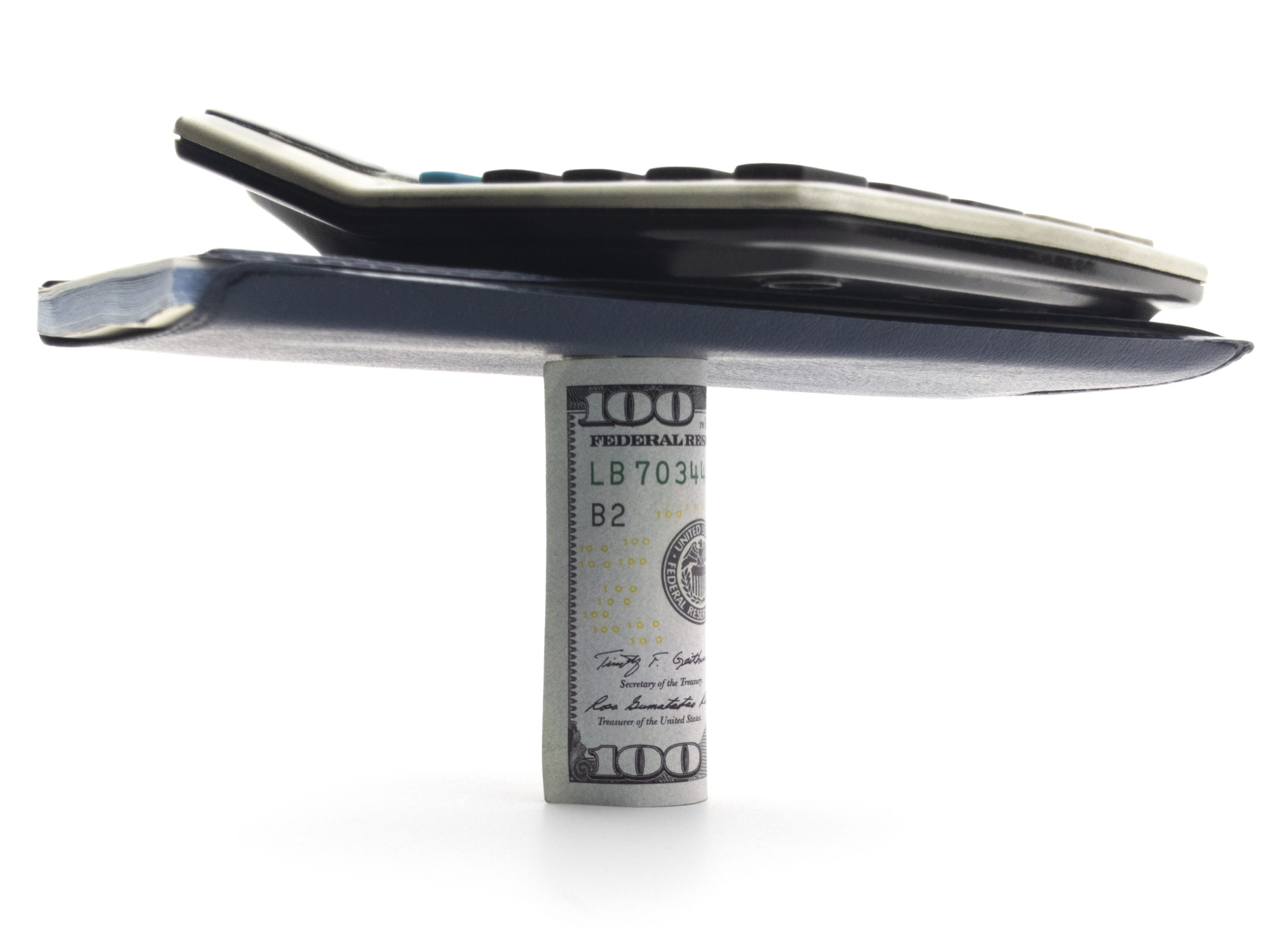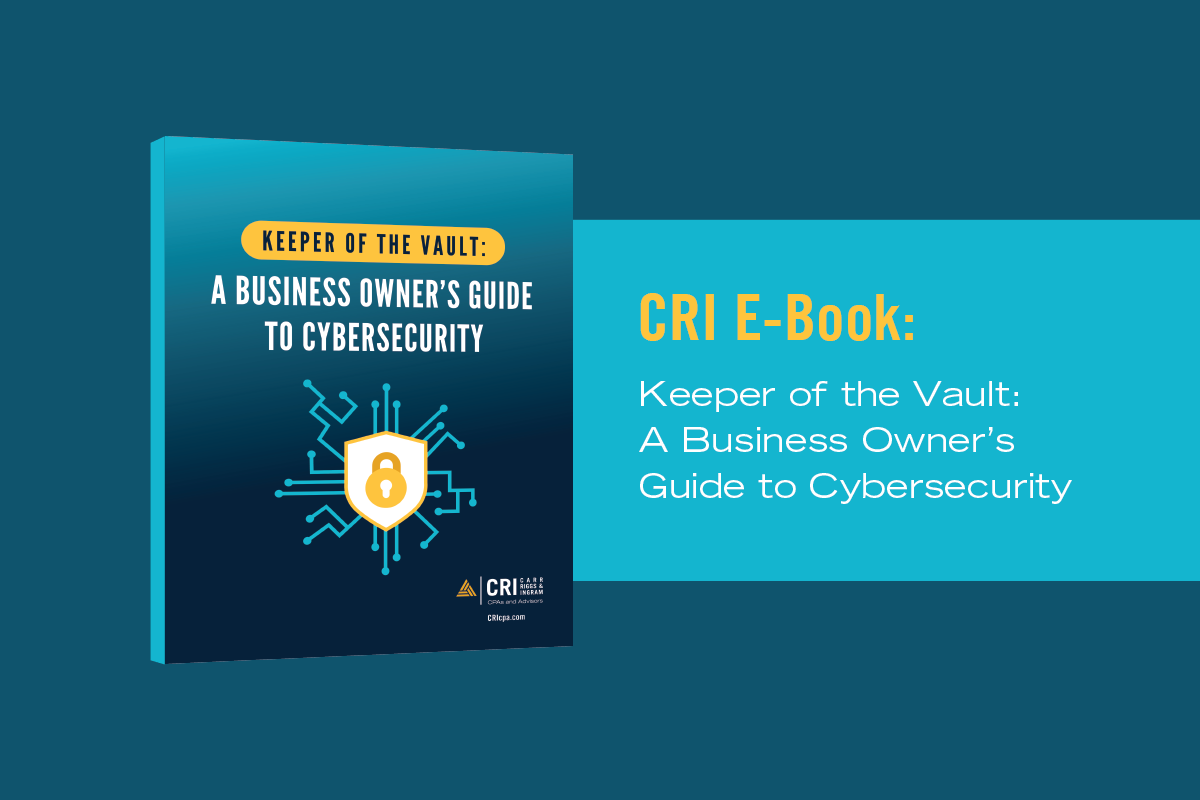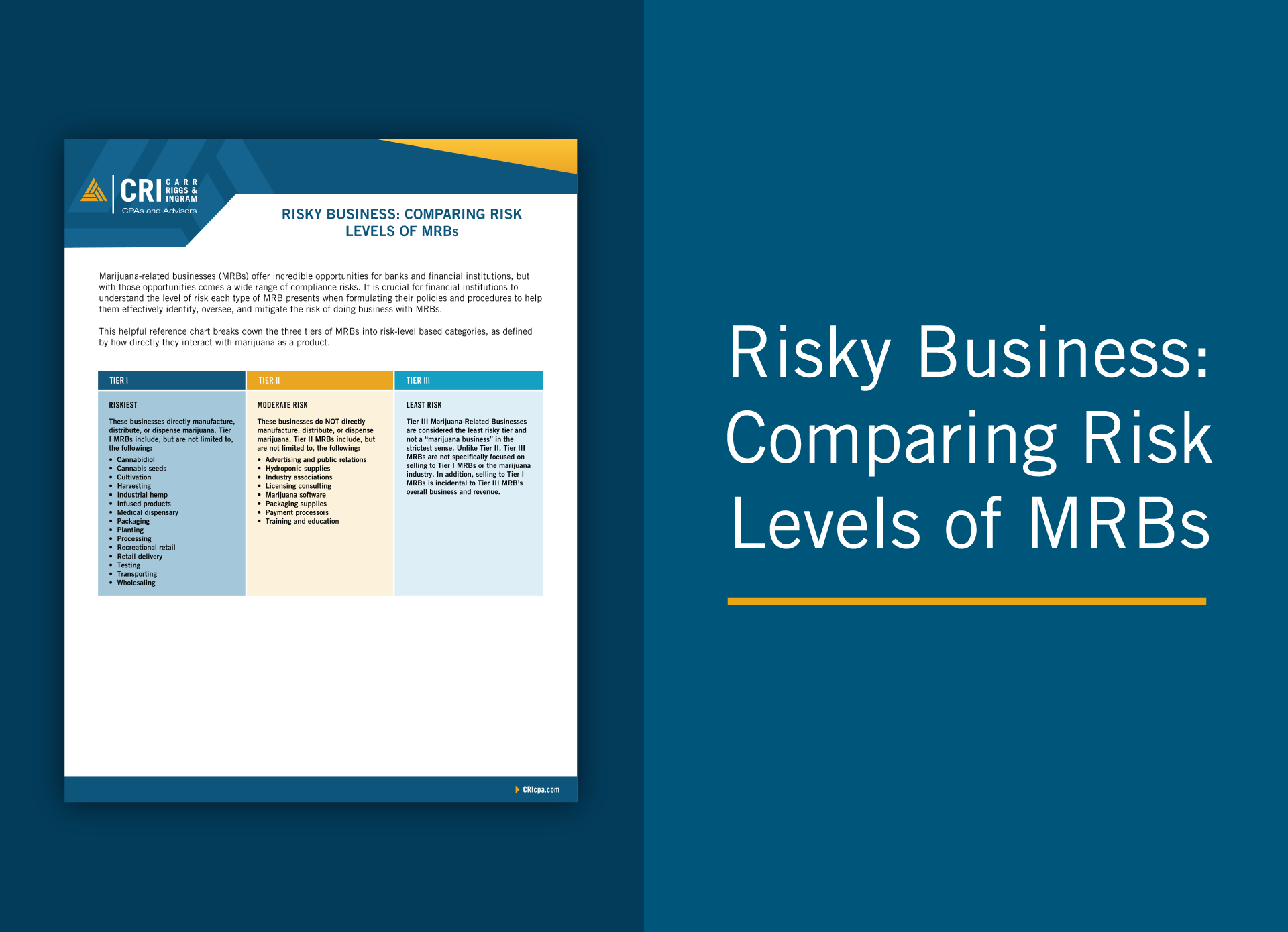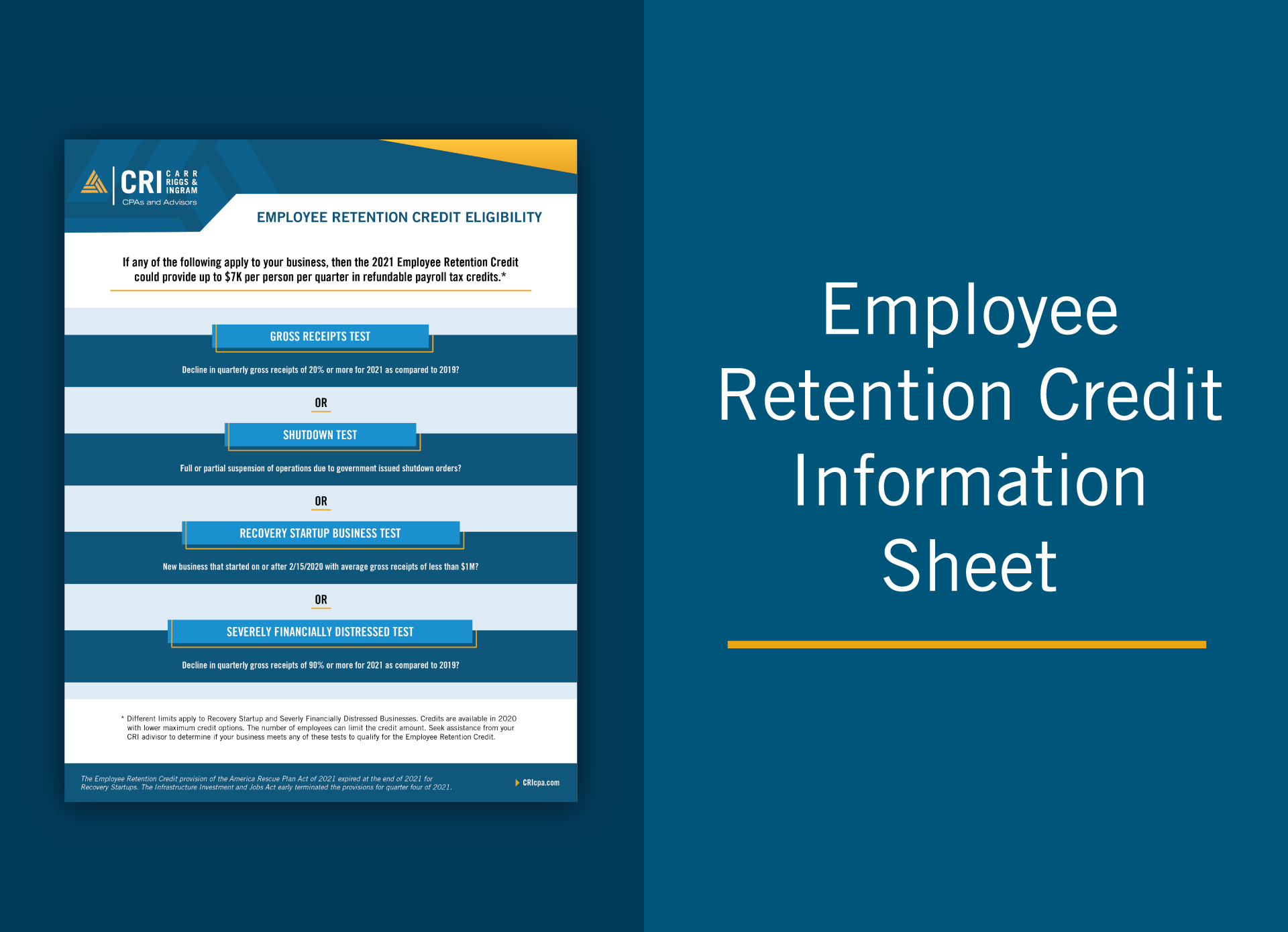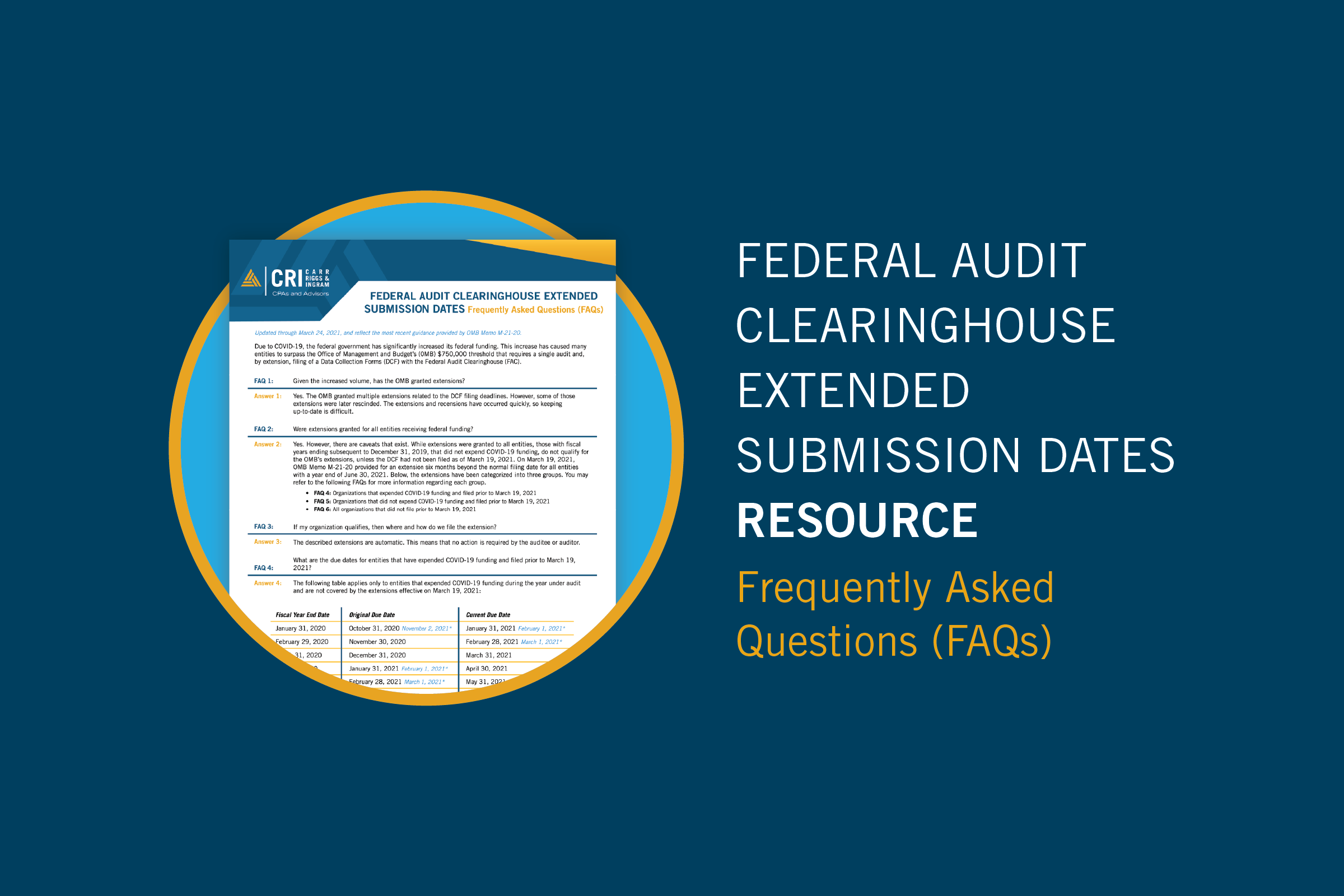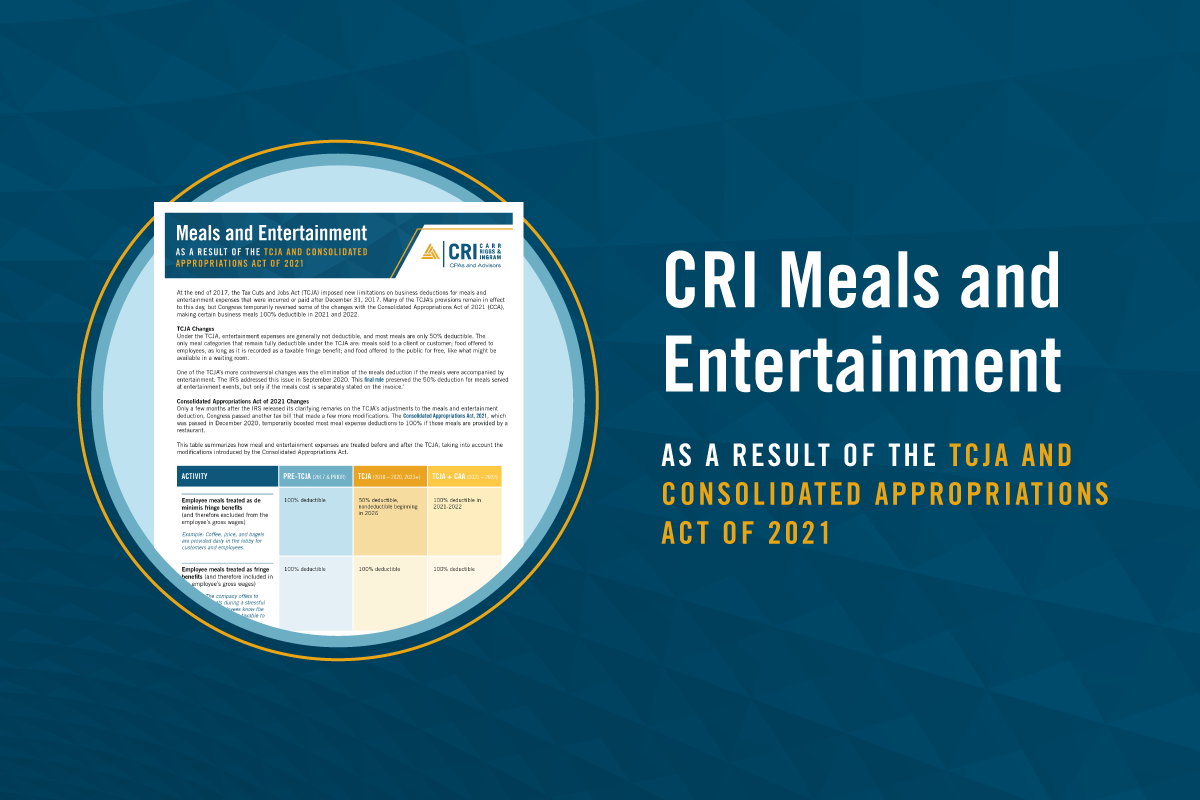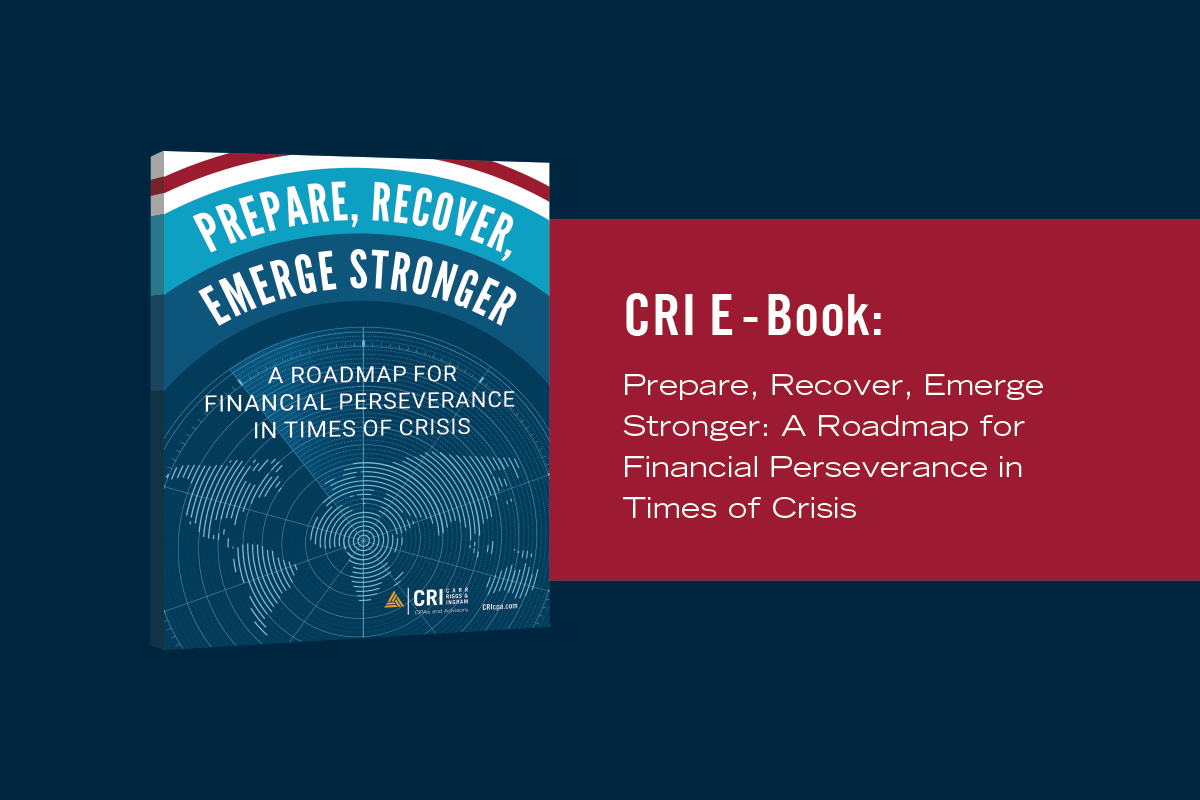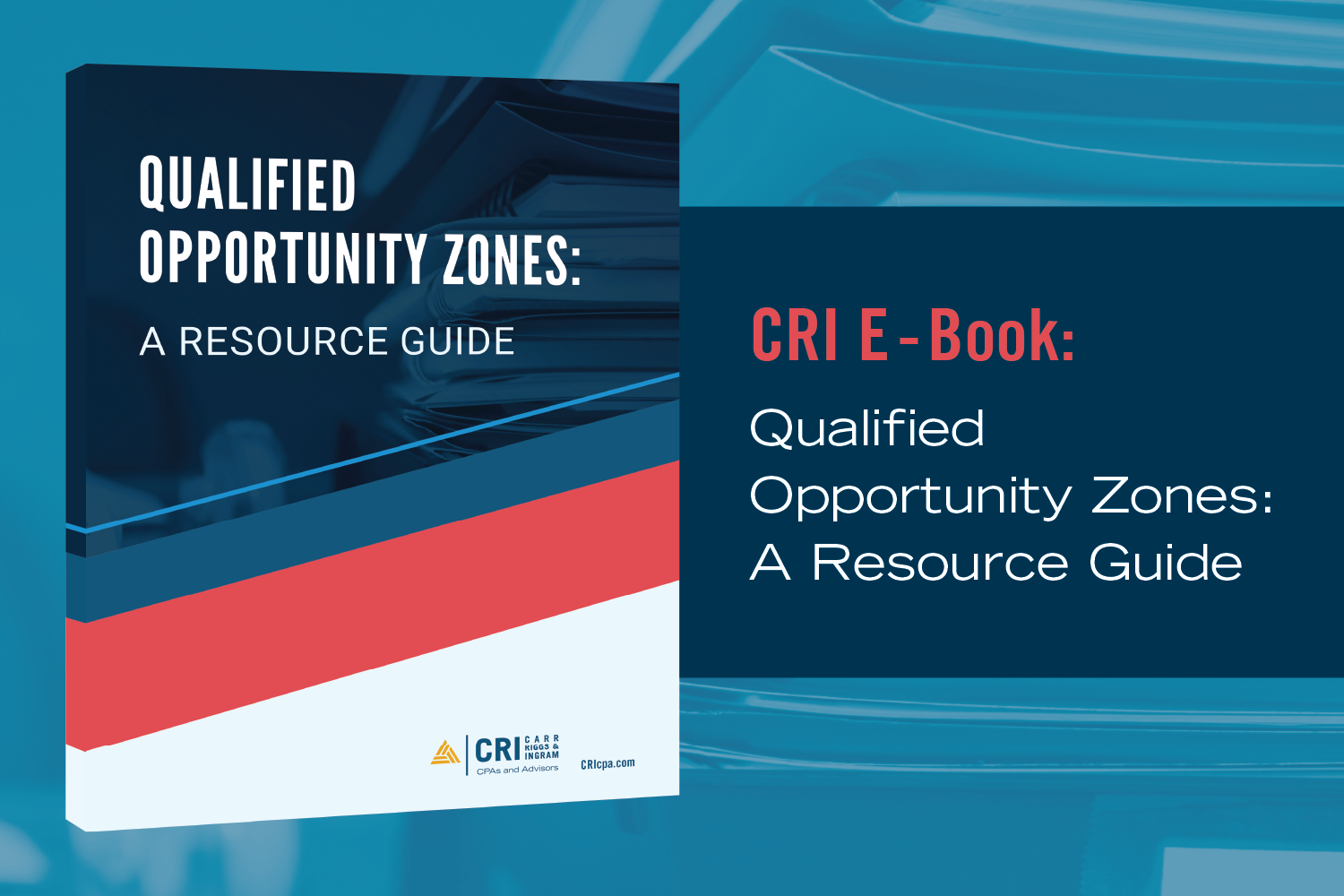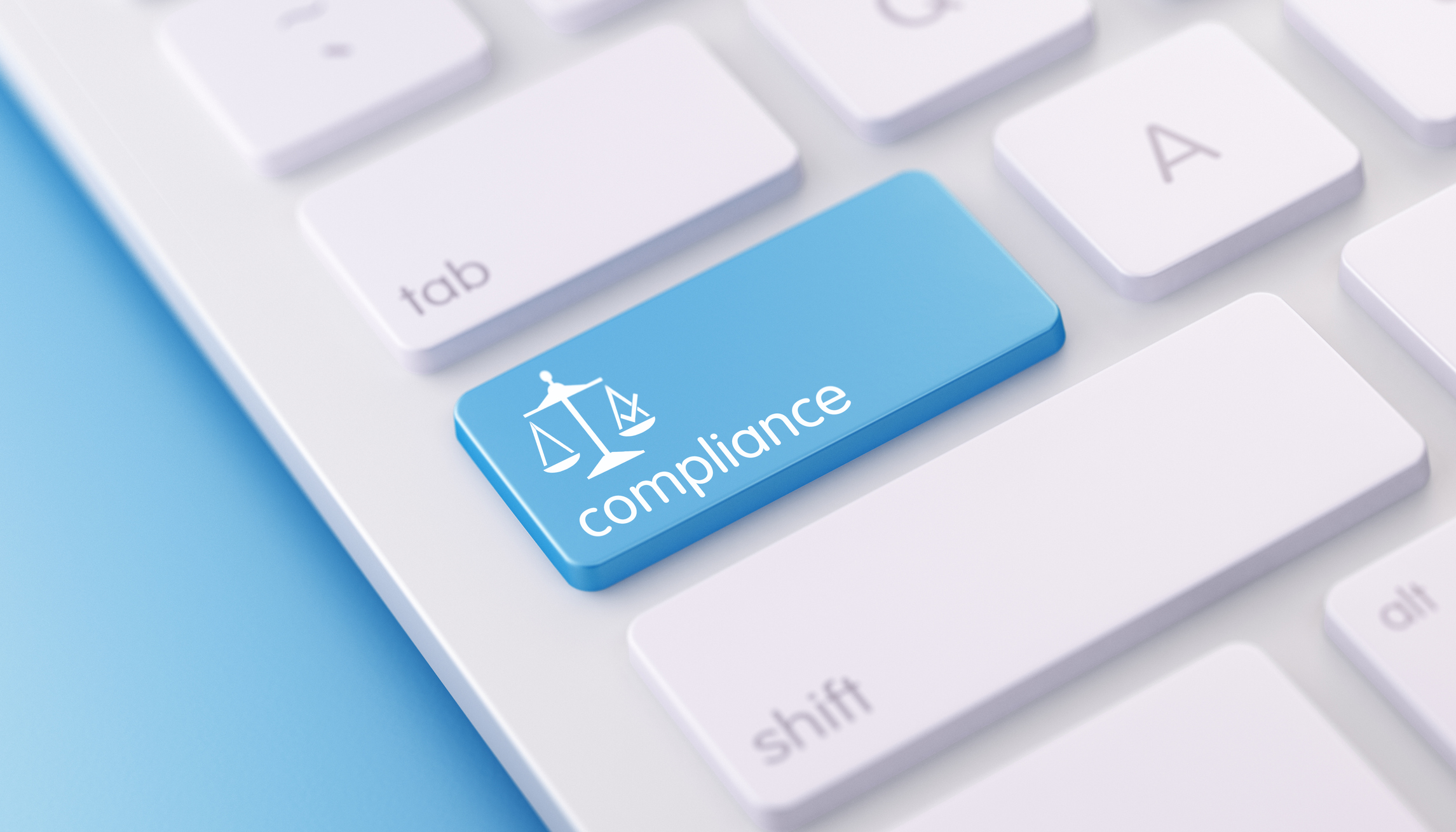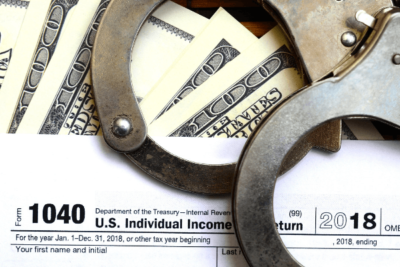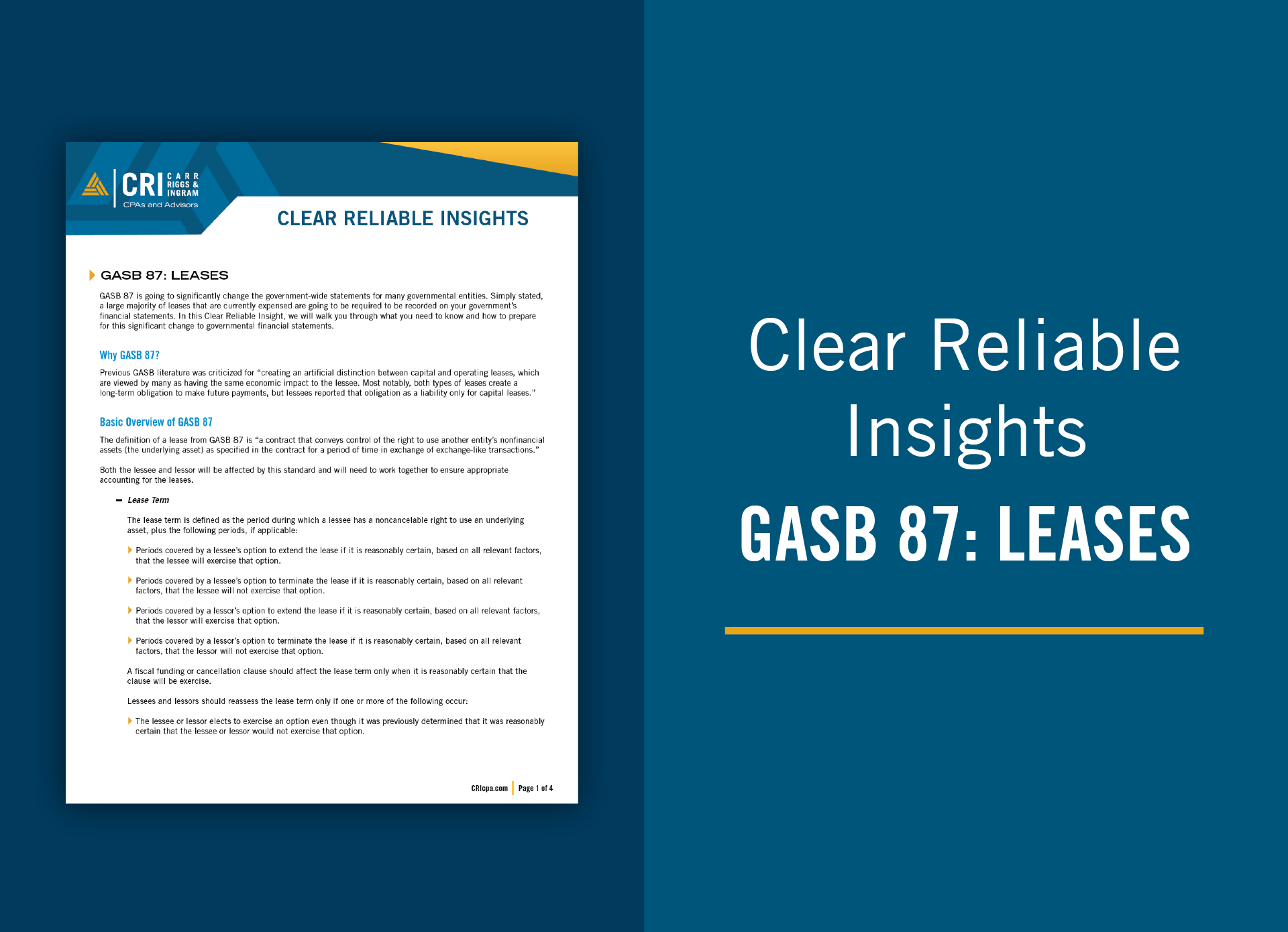10 Anti-Fraud Recommendations for Community Associations
Oct 17, 2020
We have outlined 10 anti-fraud recommendations for community associations (or homeowner associations, commonly called HOAs) designed to protect them from unethical acts.
1. Develop an association investment policy that clearly outlines which investment types are appropriate for the association. Qualifying investments may include bank money market accounts, certificates of deposits, and U.S. government securities.
2. Mandate that the board meet with the association’s insurance broker or carriers every year to ensure that insurance coverage is both adequate and compliant with state statutory requirements.
3. Conduct a periodic review of HOA member receivables that are either delinquent or significantly past due. Ensure that management has an appropriate monthly action plan for collecting the association’s money. The plan may include procedures such as filing liens, considering non-judicial foreclosures, and garnishing members’ rent. The board must also annually budget for bad debt expenses and make periodic bad debt estimates – all of which should be present in the interim financial statements.
4. Consider either prohibiting the use of association credit cards or limiting it by requesting a lower credit amount. The organization needs to assess whether the risk of improper use of an association credit card is worth the convenience to obtain needed maintenance items quickly.
5. Require at least two board members to be responsible for signing all checks. Additionally, ask that the association manager, along with one board member, sign off on all non-routine or large cash disbursements (i.e., greater than $3,000). This financial control mitigates the potential for unauthorized transactions.
6. Assign at least one board member the responsibility of reviewing the monthly bank for propriety before management does so. This control procedure can be very useful in uncovering improper disbursements.
7. Commit all large and ongoing vendor services to a signed contract and full board approval before a vendor receives payment.
8. Request that at least one board member provide either written approval or a signed purchase order before purchasing maintenance items. This process could potentially prevent a manager from acquiring maintenance supplies for personal use.
9. Engage an auditing team to conduct an internal audit or review – especially if the community association is legally required to do so. An audit or review often serves as both a preventative measure and an opportunity to evaluate financial practices and related efficiencies.Convene with the board of directors at least quarterly, and review the association’s interim financial statements at every meeting. The board members should be encouraged to request that management provide reasonable explanations for budget variances.
10. Convene with the board of directors at least quarterly, and review the association’s interim financial statements at every meeting. The board members should be encouraged to request that management provide reasonable explanations for budget variances.
CRI Can Help You Protect Your Community Association
CRI is committed to educating community association board members to minimize fraud risk, unethical behavior, and other errors. Implementing the 10 steps in this article should help your board members reduce financial risks for the association. Contact CRI’s community association team if you need help strengthening your association’s internal accounting control system.
